
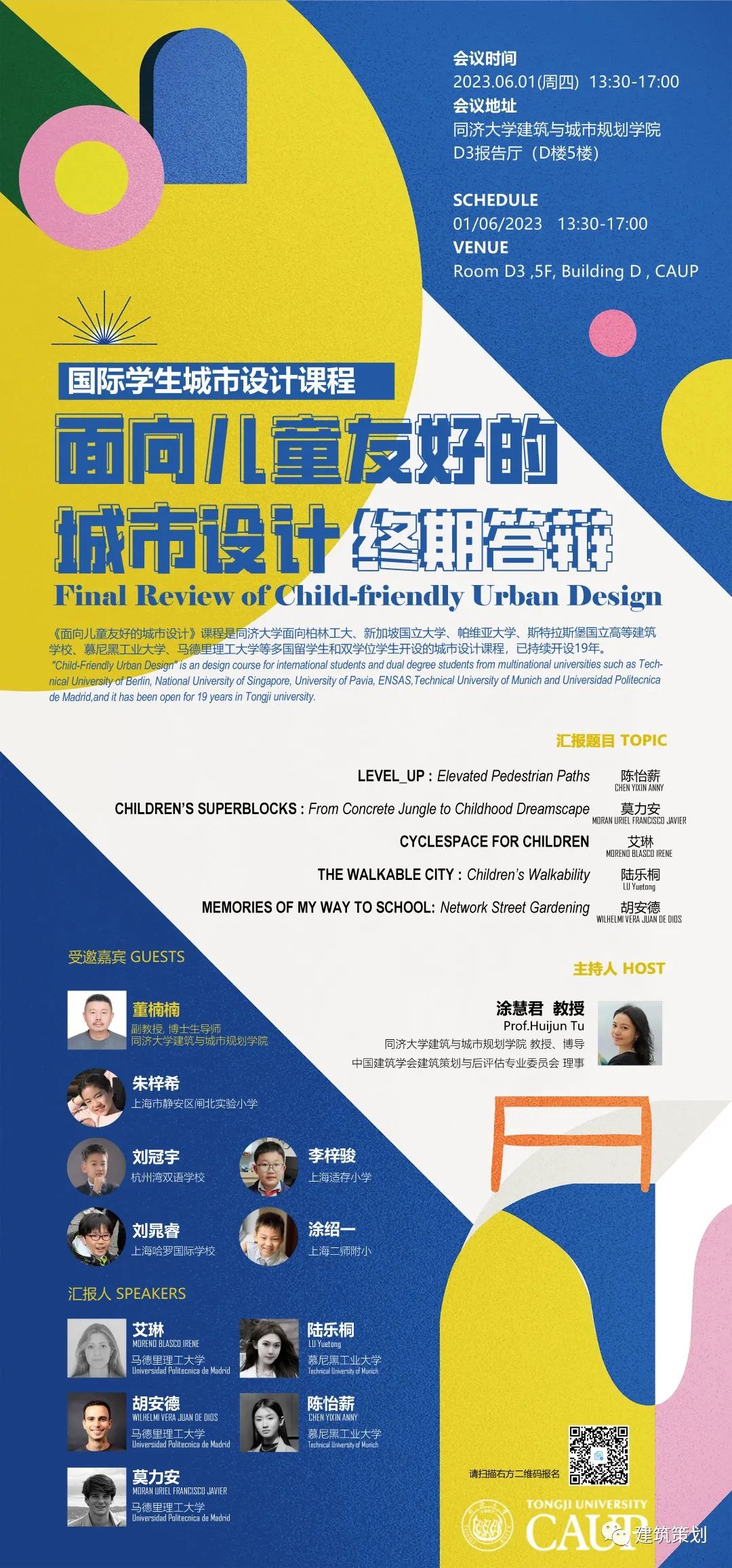
FINAL REVIEW
Course Introduction
Child-Friendly Urban Design is an design course for international students and dual degree students from multinational universities such as Technical University of Berlin, National University of Singapore, University of Pavia, ENSAS,Technical University of Munich and Universidad Politecnica de Madrid,and it has been open for 18 years in Tongji university.
Design Background
UNICEF launched the Child-Friendly Cities Initiative in 1996 to recommend that children's underlying needs be integrated into the planning of neighbourhoods or cities. The 14th Five-Year Plan for National Economic and Social Development of the People's Republic of China and the Outline of Long-term Goals for 2035 clearly states that the environment for children's development should be optimized and the right to survival, development, protection and participation of children should be effectively guaranteed.As the masters of the future of the city, it has become a general consensus of society for children and adolescents to provide them with a comfortable and healthy living environment to promote the sustainable development of the city. The urban spatial environment plays an important role in promoting children's physical activity and health. However, from the current situation of urban resources and environmental supply, urban environment construction dominated by adult demand lacks the necessary response to children:High-rise and high-density urban development has squeezed children's public activity space, public space dominated by adult demand is unattractive, residential high-rise and the impact of electronic media have made children's lifestyles increasingly indoor, and car-based road design has made children's travel safety unguarded. At the same time, the low fertility rate and low birthrate that reduce the competitiveness of cities also highlight the contradiction between urban development and child growth. In addition, the adjustment of the birth policy also requires more for the growth environment of children. How to improve the urban environment and improve the level of urban child-friendliness is particularly urgent.
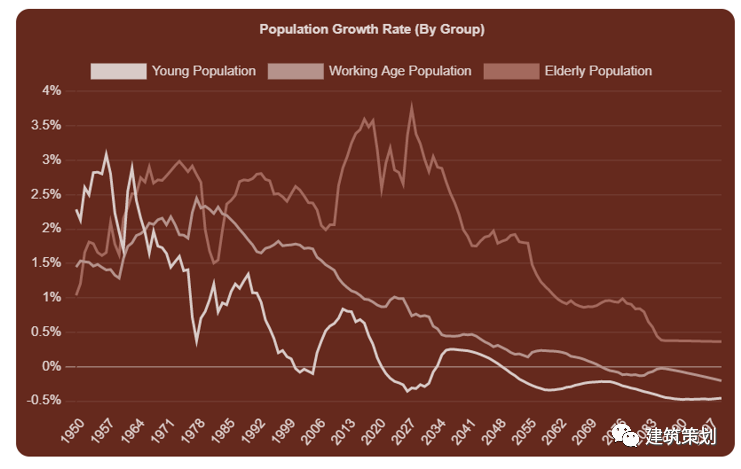
World population growth rate, 2022
Course Schedule
●Week 1
Introduction of the Course
●Week 2
Programming
●Week 3
Investigate and research
●Week 4
Problem seeking
●Week 5
Selecting a site based on the problem
●Week 6-7
Temporal research
●Week 8-9
User interviews and questionnaires
●Week 10-12
Urban design guidelines
●Week 13-14
Spatial Design
●Week 15
Final Presentation
●Week 16-17
Back to site&test
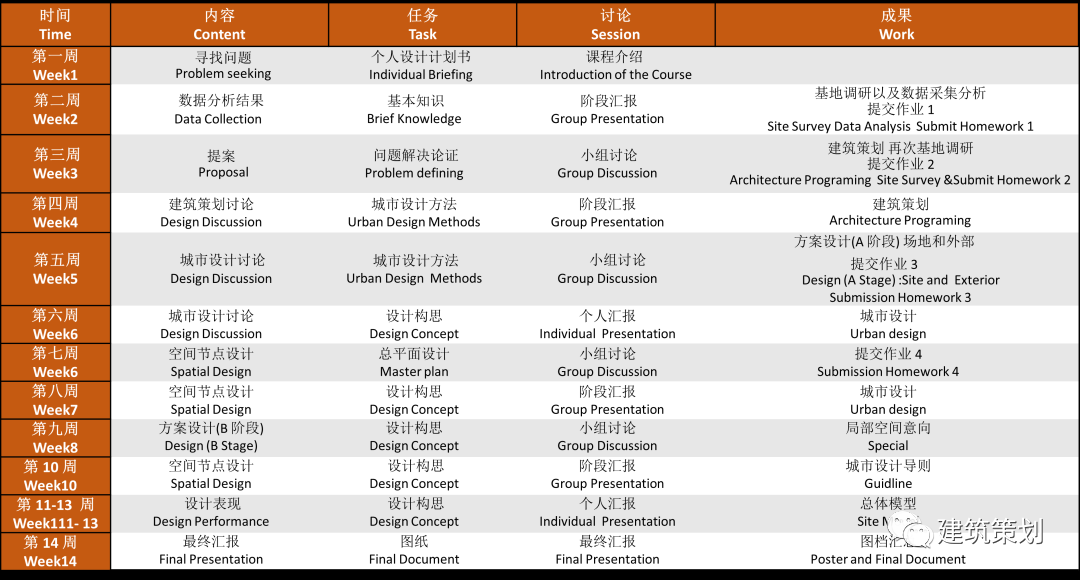
This course has effectively achieved multi-agent participation in urban design. In the teaching process, students are guided to find problems with multi-agent participation. The final presentation of the course invited experts in the field of child-friendly, children's parents, children and other agents to participate, and was open to the public with high social participation. The children's judges listened carefully to the proposals of international students and gave professional comments, which fully reflected the growth of the future generation who cares about public affairs and has the courage to express their opinions!
Students

CHEN YIXIN ANNY
Technical University of Munich
Design Brief
LEVEL_UP
Elevated Pedestrian Paths
Level_UP is a project focused on road safety of children in high density areas in urban Shanghai. Elevated pedestrian paths connect residential neighborhoods, educational facilities and high-traffic areas with increased pedestrian flow. This new infrastructure ensures a environment for children and all other groups of society to move safely in urban space, while improving pedestrian flow in equal way.
Activity platforms of various sizes and different functions complete the urban intervention. By being barrier-free, easily accessible, and spread throughout the whole network, they contribute to the vitality and liveliness of public spaces, enriching the urban experience and fostering a sense of belonging and community pride.
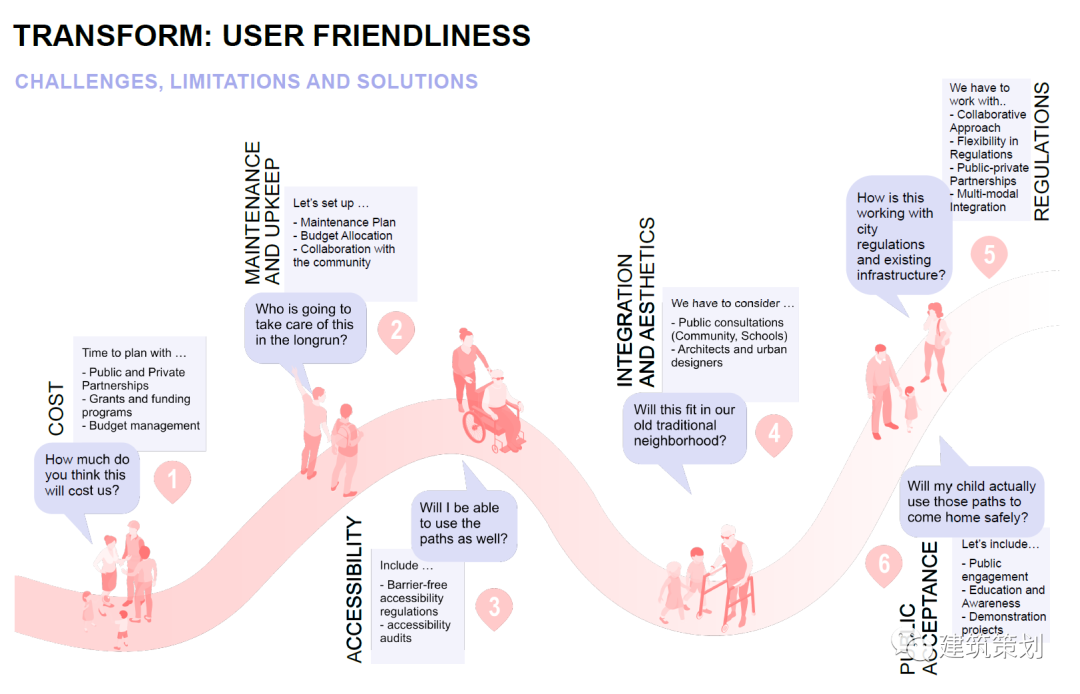
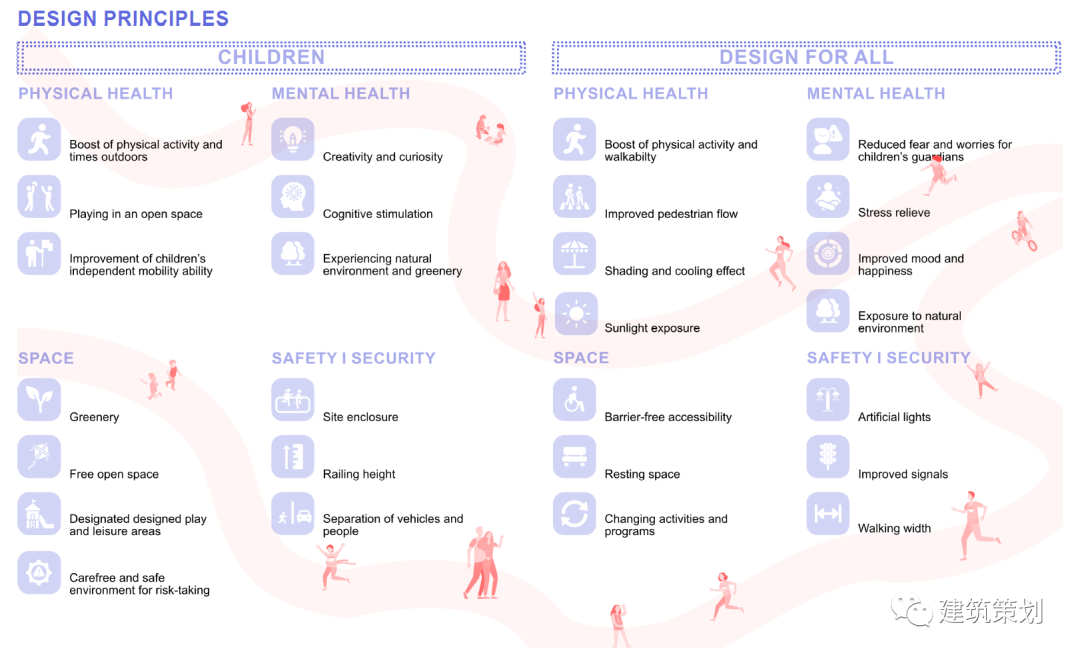
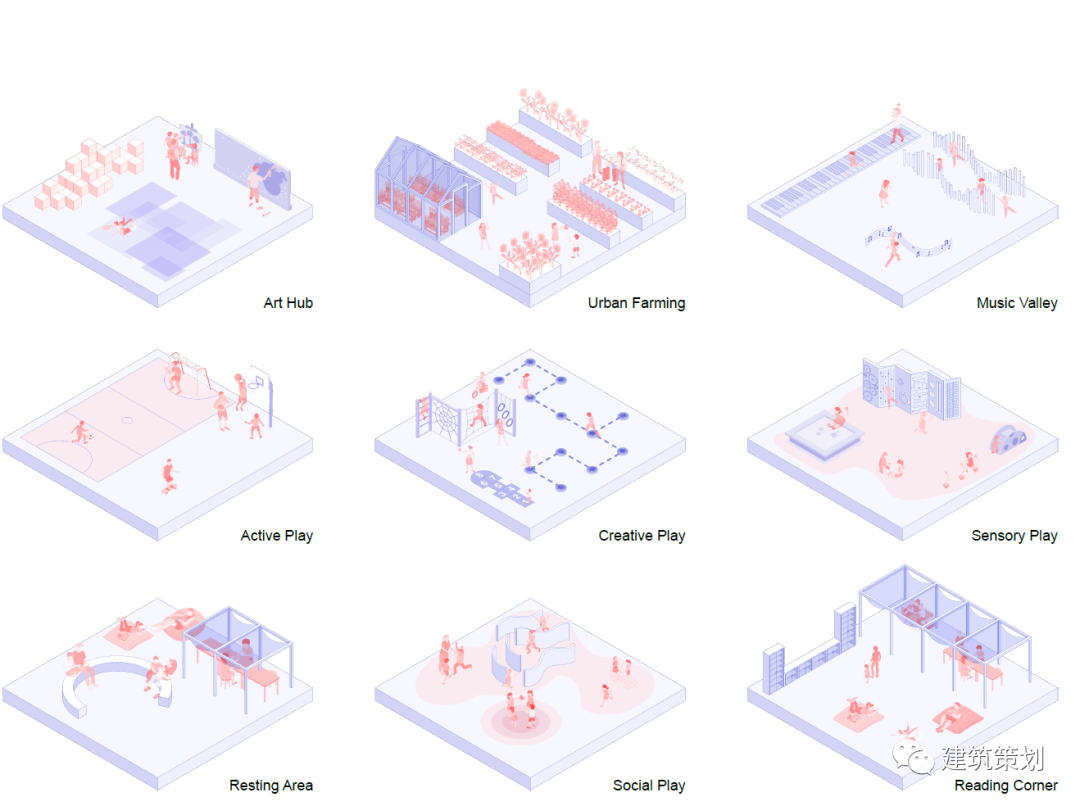
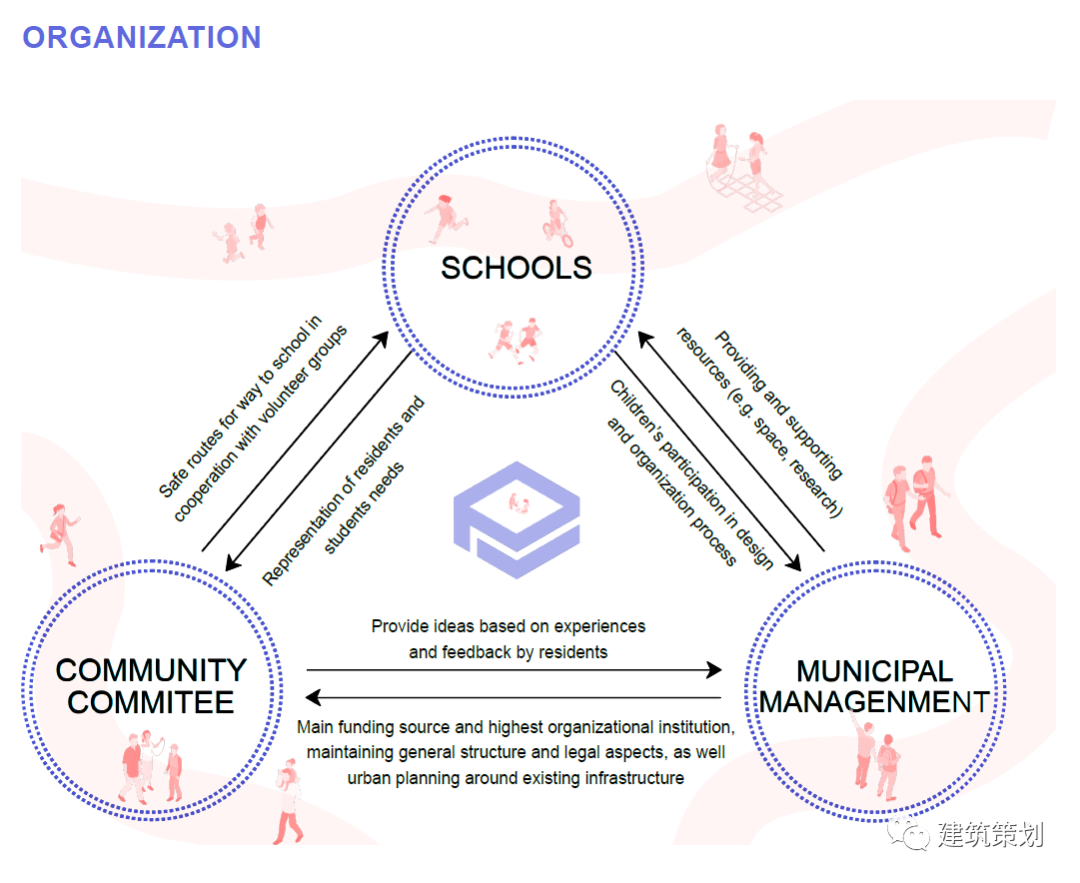
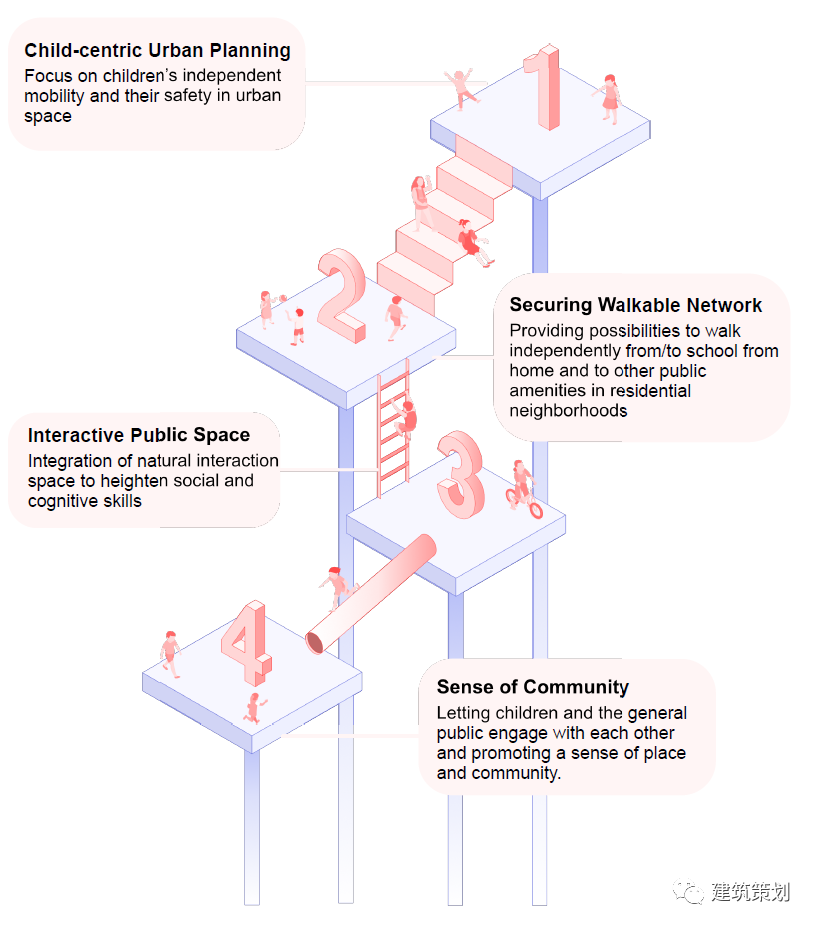
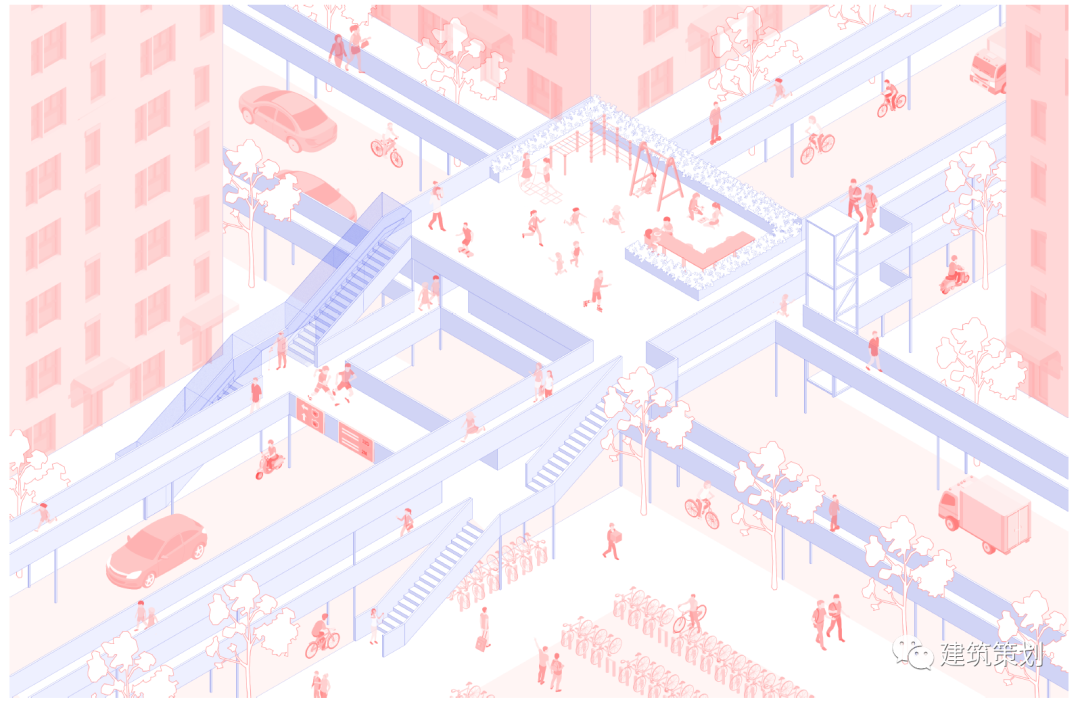
The program focuses on the importance of independent mobility to the physical and psychosocial development of children. We can see that you have done a lot of research and survey on children's independent mobility at the beginning, analyzed the phenomenon of children's declining independent mobility and the factors affecting independent mobility, and through further swot analysis, you proposed the design concept of elevated pedestrian paths. You also made a design guideline, including the operation mode, budget allocation and management mechanism of the elevated pedestrian paths, and proposed specific design principles. Meanwhile, specific designs such as the accessibility design of elevated pedestrian paths and the possibility of activity platforms are also discussed. The overall idea is clear, logical and the proposal is implementable.
Presentation
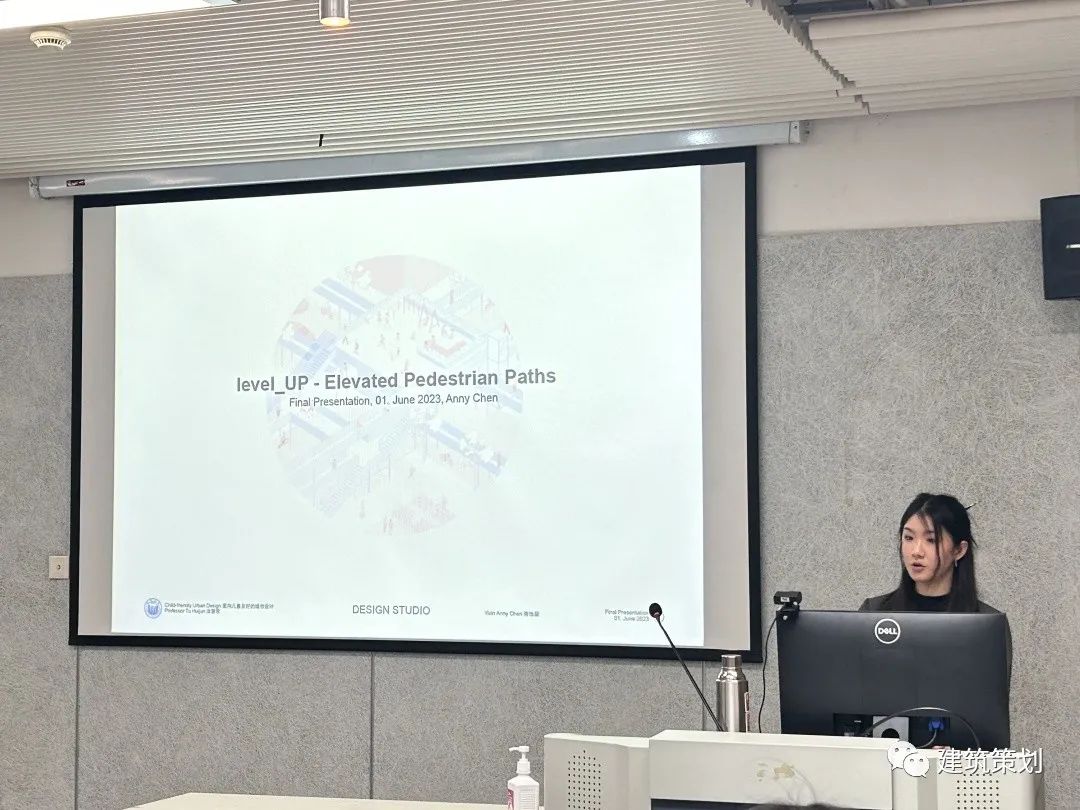
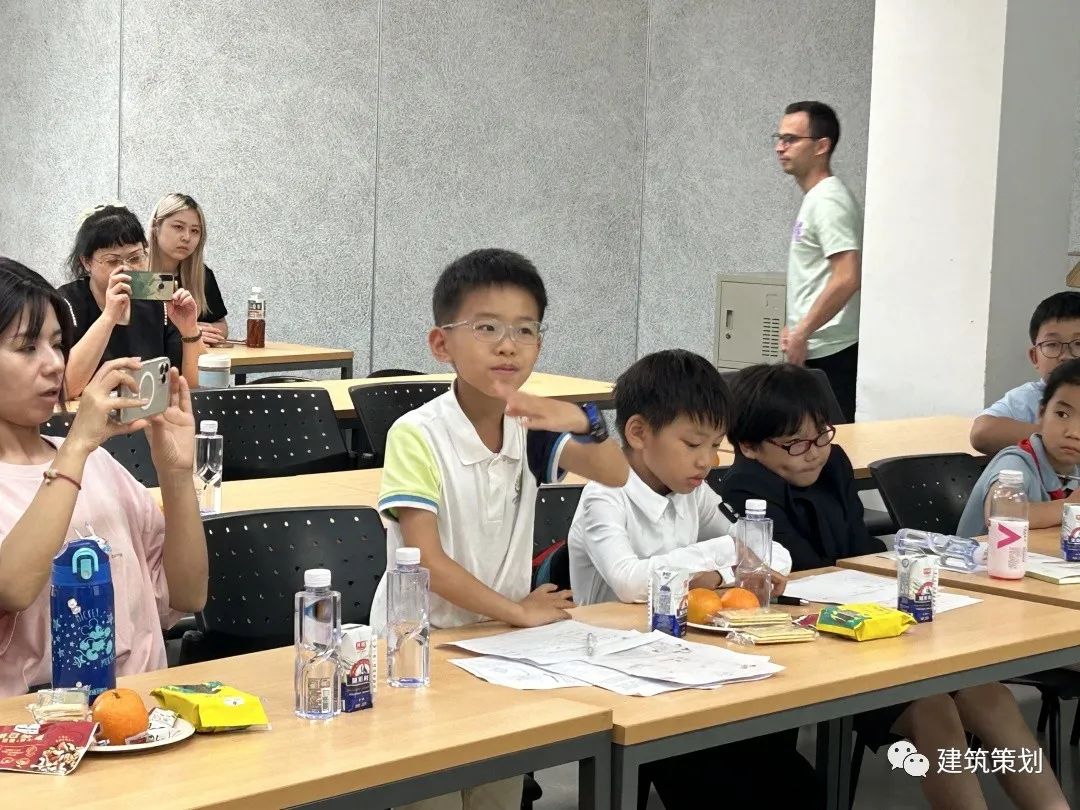
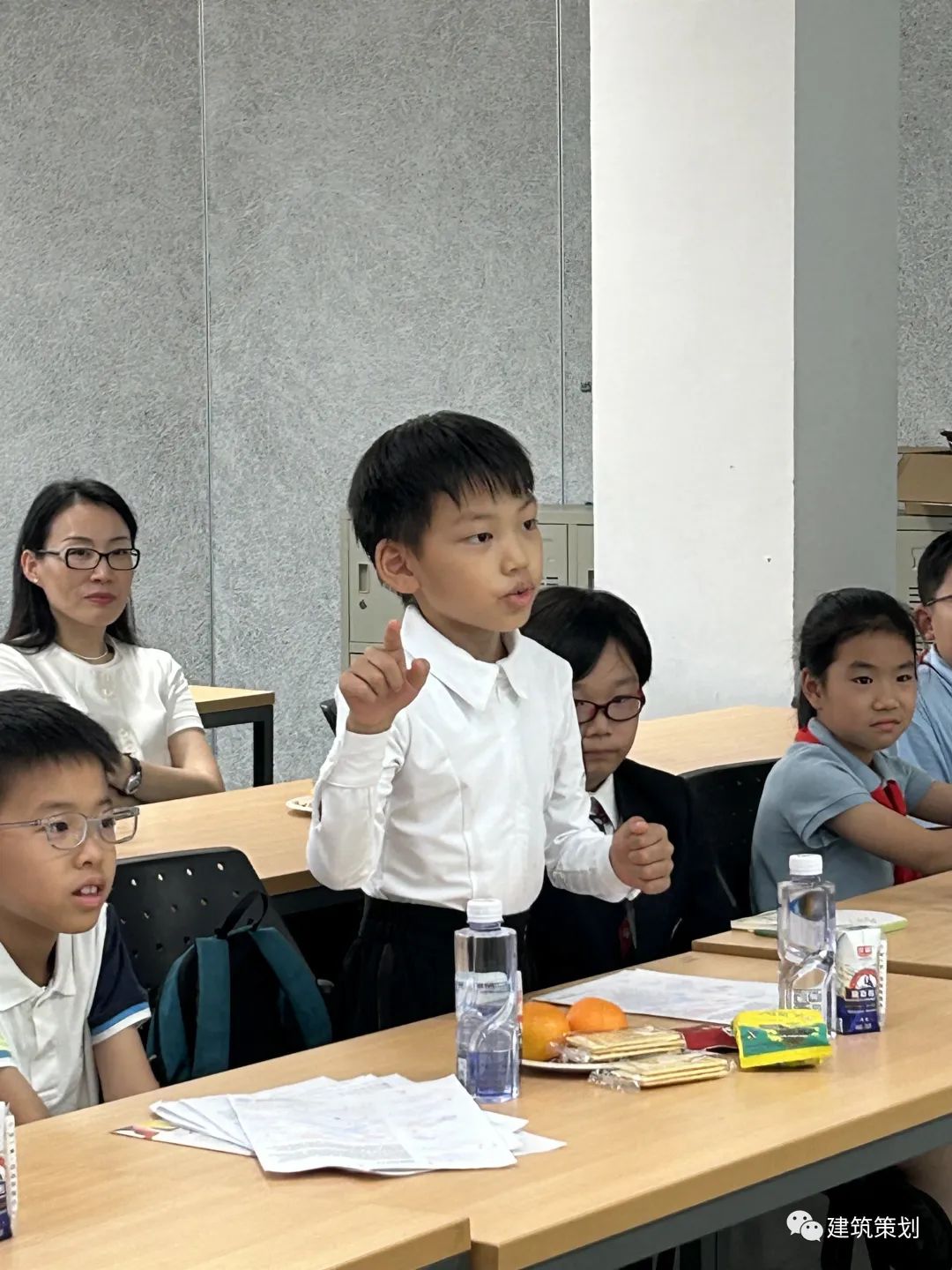

MORAN URIEL FRANCISCO JAVIER
Universidad Politecnica de Madrid
Design Brief
CHILDREN’S SUPERBLOCKS
From Concrete Jungle to Childhood Dreamscape
Child-friendly urban design is essential in densely populated urban areas, where children face various
challenges that hinder their well-being and development. These challenges include limited access to safe play spaces, traffic hazards, a lack of green spaces, inadequate facilities, social isolation, and exposure to noise and pollution. Moreover, in super-dense established areas of the city, like the downtown’s neighbourhood where the project is developed, a clear differentiation between child-friendly uses is difficult to reach.
Taking as the main reference the Barcelona’s Superblock Model to address these issues, the “Children’s Superblock” project integrates elements such as safe and inclusive play spaces, traffic calming measures around big areas of the city, green spaces, child-friendly facilities, community spaces, and environmental considerations. By creating environments that prioritize the needs and rights of children, child-friendly urban design promotes their physical activity, social interaction, connection with nature, and overall quality of life, fostering healthier and more inclusive urban environments for all residents.
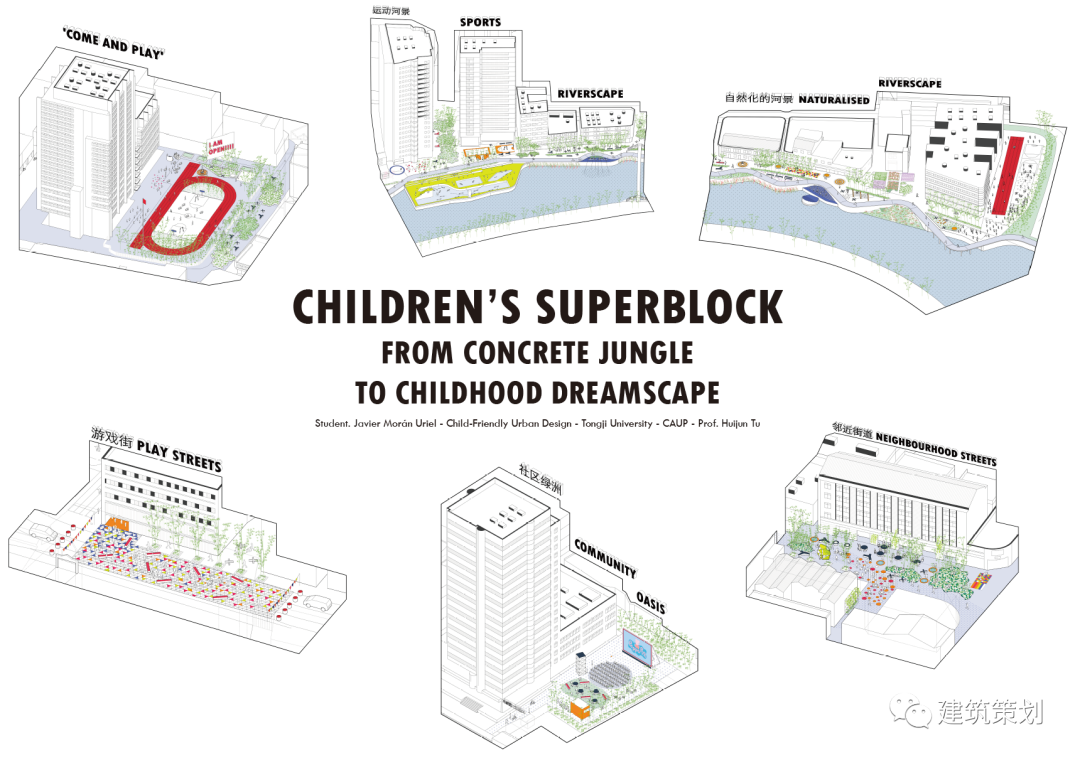
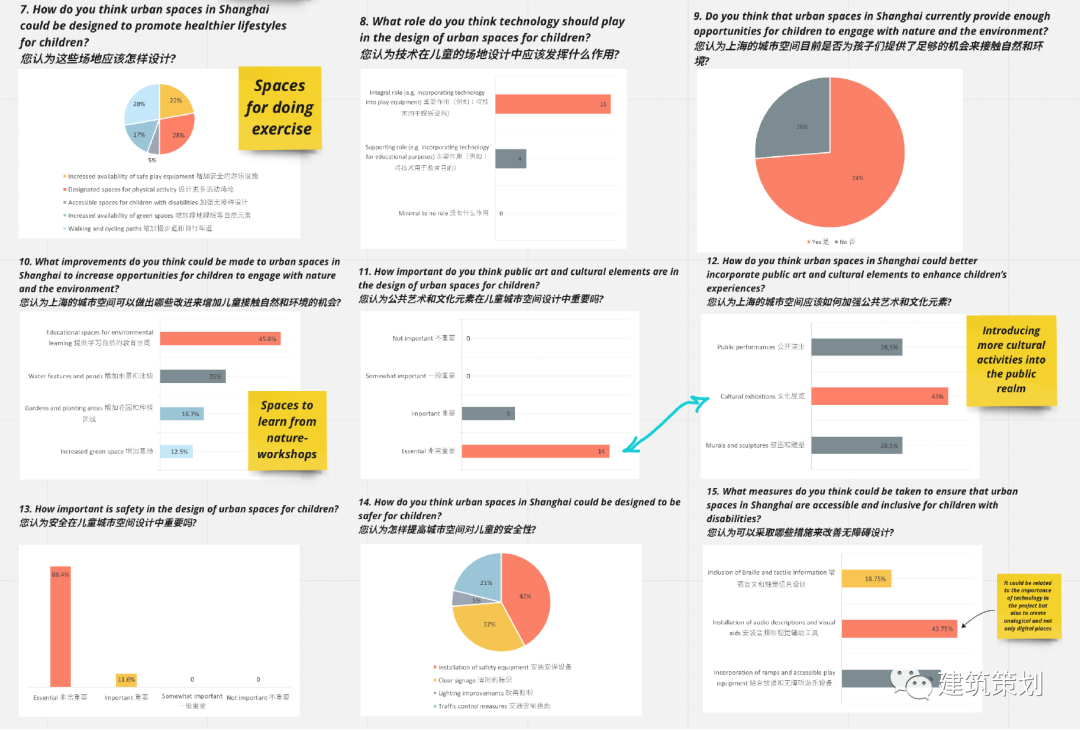
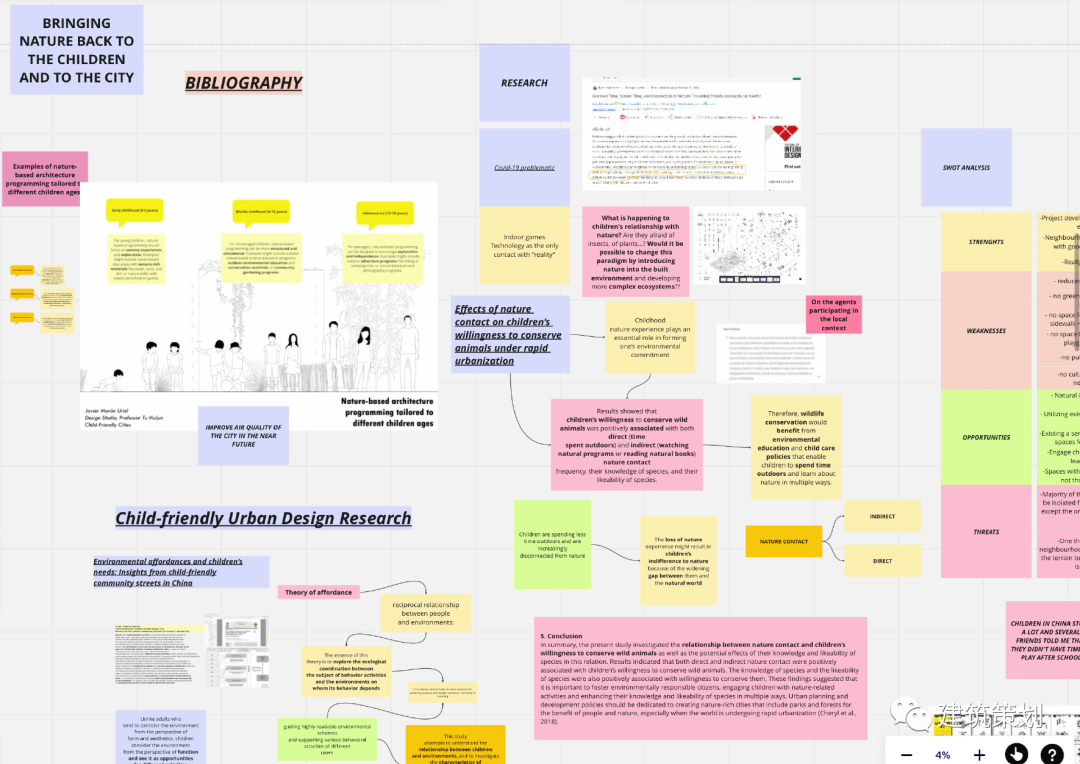
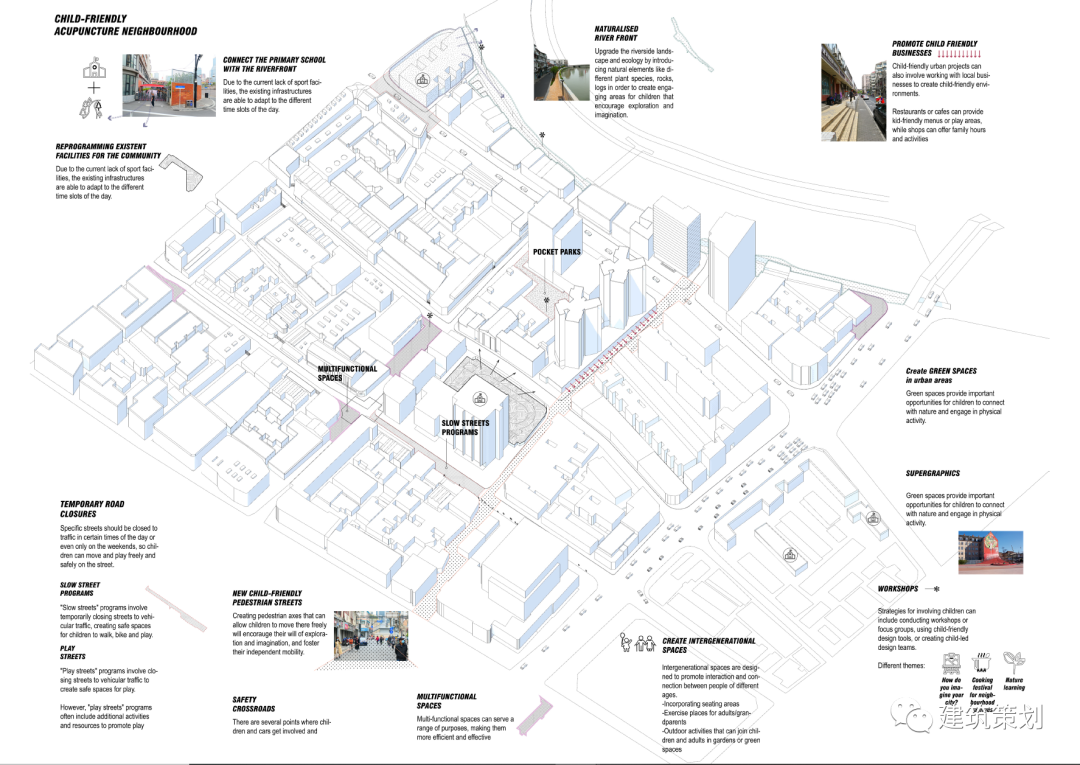
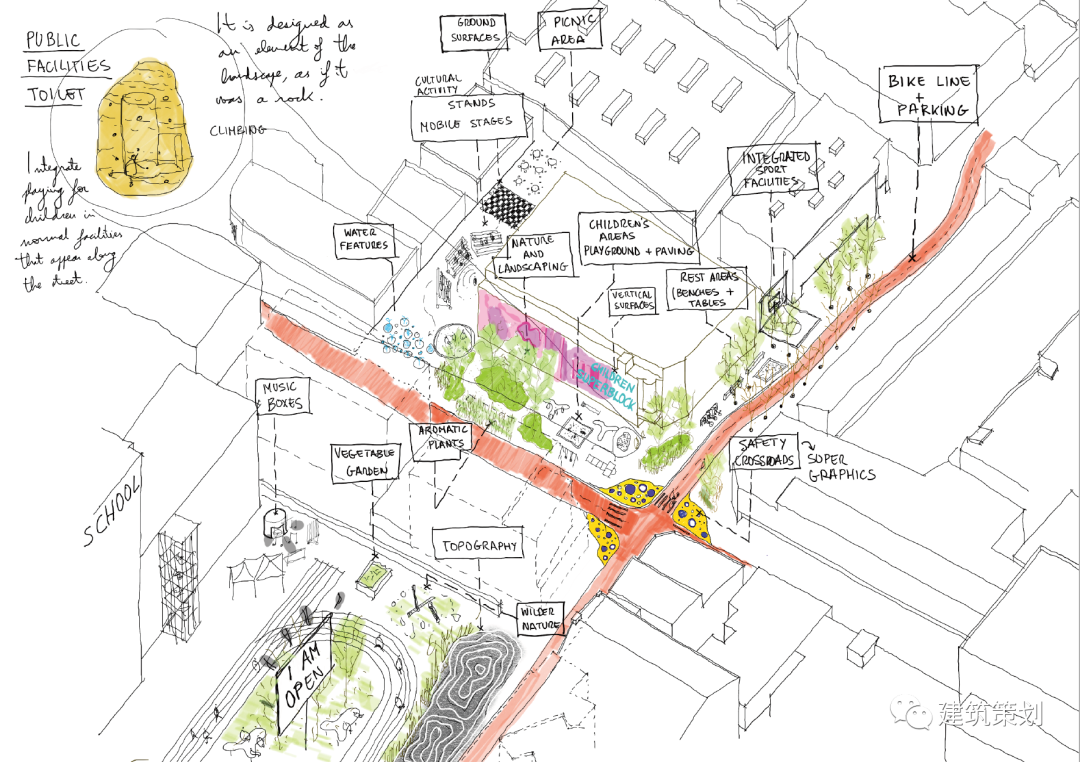
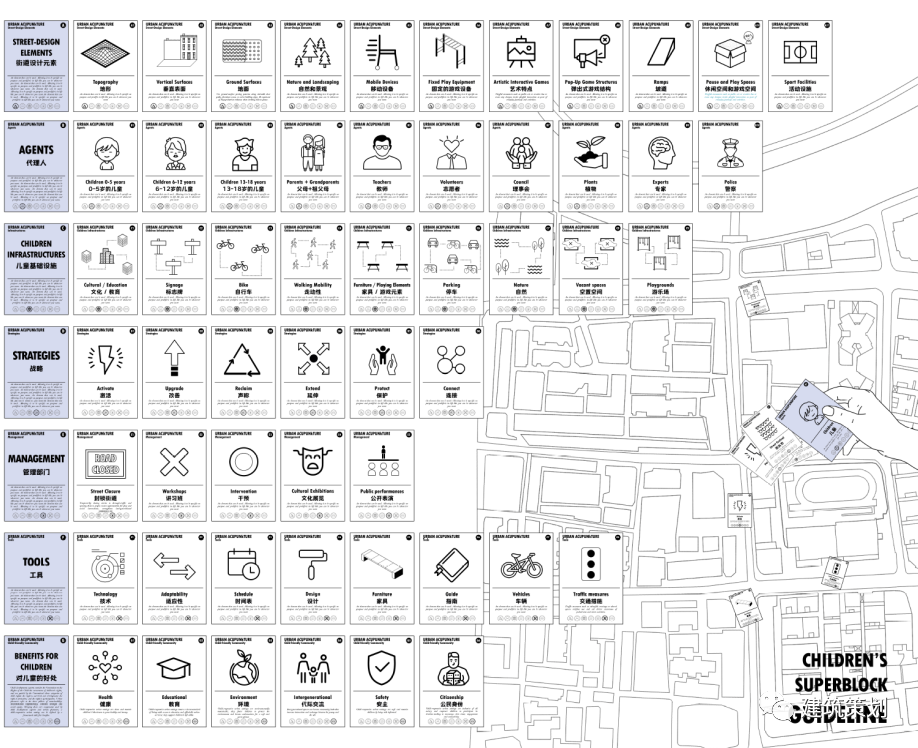
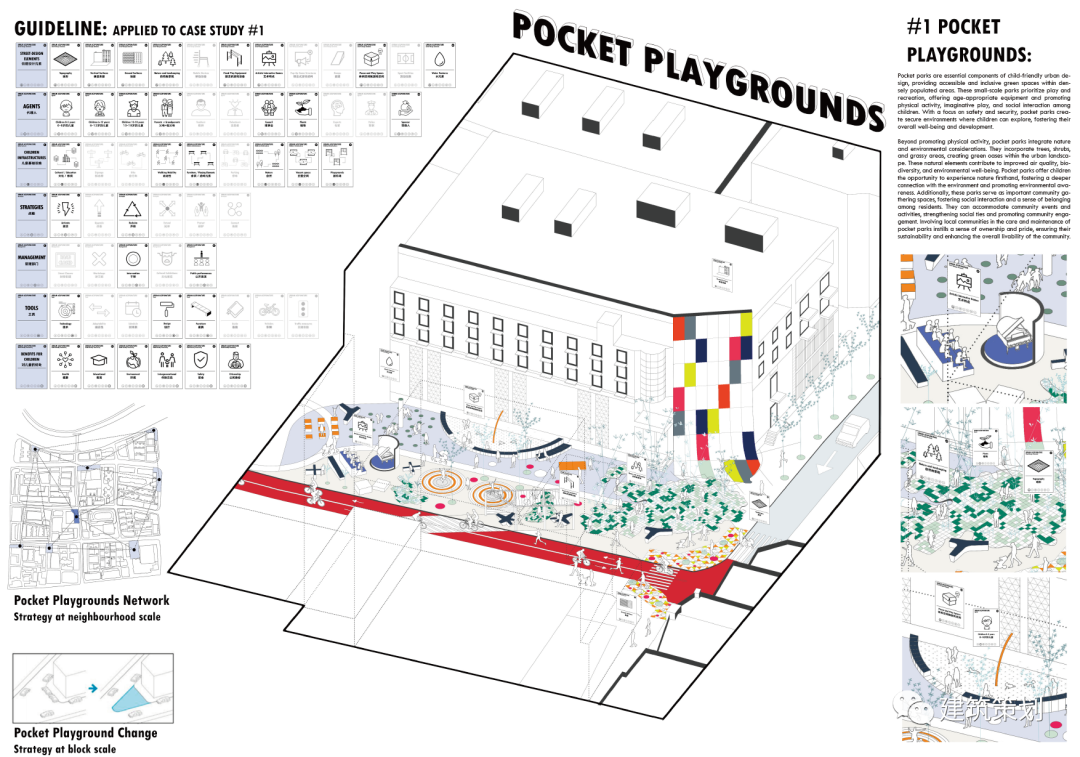
Comments
I appreciate your working method in design, we can see at the beginning you did a lot of research and study work and summarized a lot of ideas that help design and show us your thinking process. The superblock is a great model for converting urban space from the single function of a traffic street to multiple uses. The acupuncture intervention you proposed can effectively improve the problems that exist on the site through a multiple strategy of reprogramming existentfacilities for the community,naturalized river front,child friendly businesses,green spaces, multi-functional spaces, and play streets.The proposal also illustrates the different urban components and addresses strategies of seven different urban typologies.
Presentation
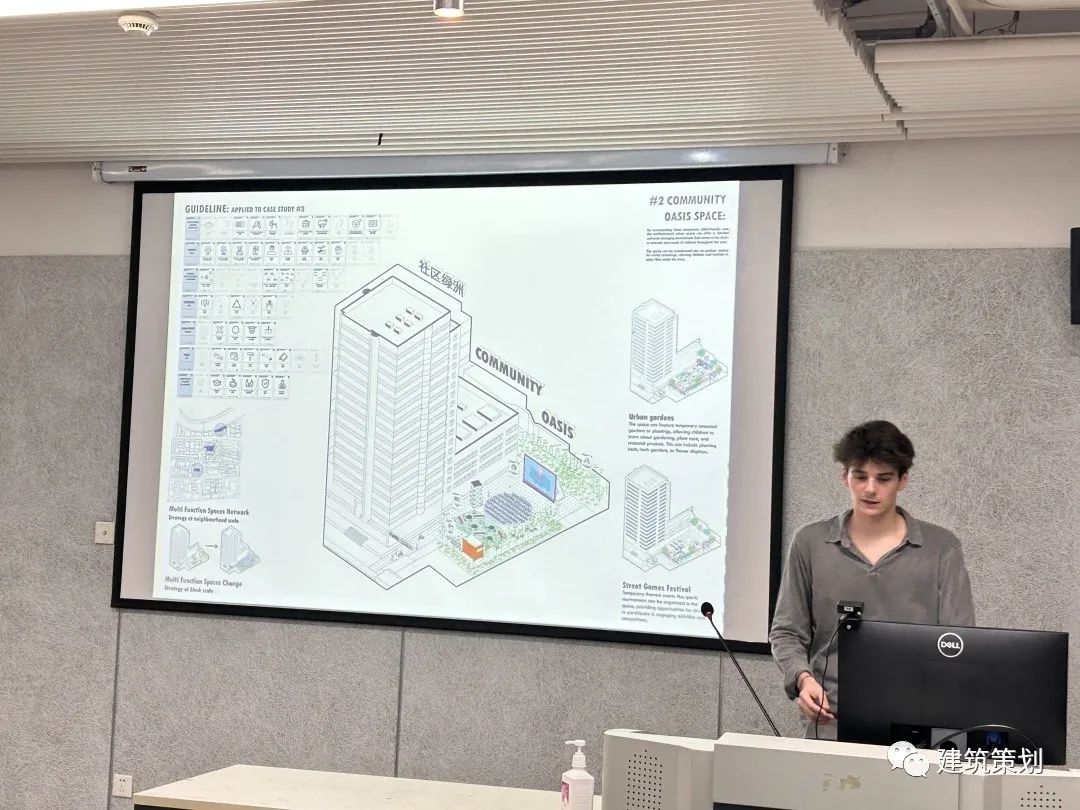
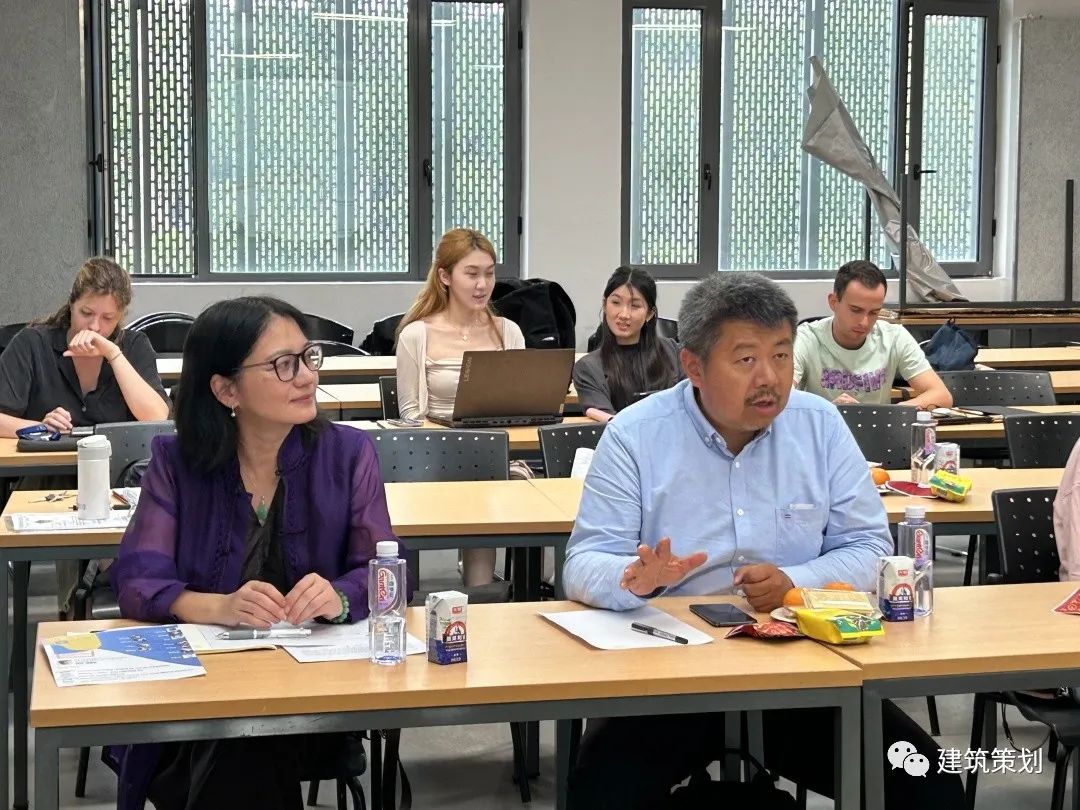
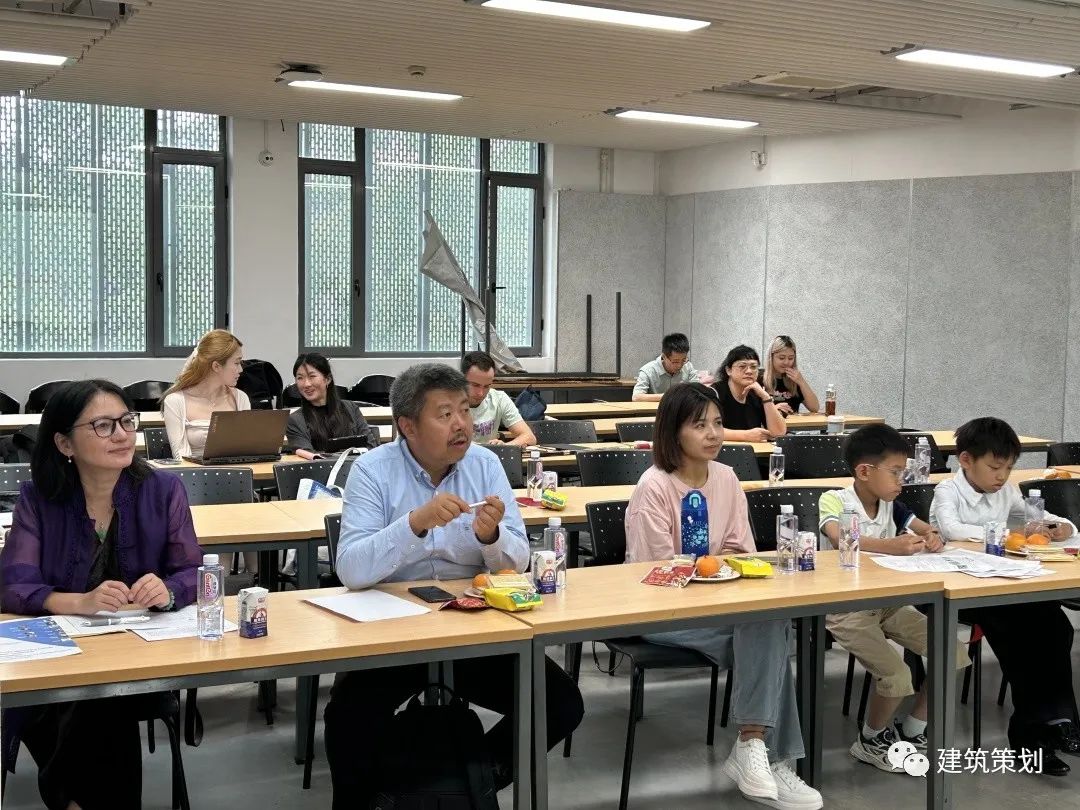
MORENO BLASCO IRENE
Universidad Politecnica de Madrid
Design Brief
CYCLESPACE FOR CHILDREN
CYCLESPACE FOR CHILDREN is a project born from the perspective of children, in order to better combine play and learning through the use of bicycles in a safe environment. The main goal of the project stems from a need to create urban space for children in a neighborhood with plentiful of schools and elevated children population, but little to no infrastructure focused on them. By creating a series of bicycle routes through the district, going from and to school, as well as around different interest areas for sports lessons, children are able to be better integrated into urban society. Moreover, the spaces the lane routes go through, are also intervened to adjust them to the project and the necessities of children. This is achieved by studying the anthropometrics specific to children of different ages, and the existing environment. An infrastructure is put in place to accommodate amenities (bike playgrounds, learning open spaces, etc.), bicycle infrastructure (bike parking, bike repairing workshops, toilets, lanes), and urban policies (no cars during entry/exit hours to school, reduced vehicle speed, police and teacher escorts). Each route is calculated to have an average of 1.5km in total distance, which is doable for children from 6 to 12 years old, and goes through the aforementioned infrastructure to create a safe, amenable, child-friendly design and space.
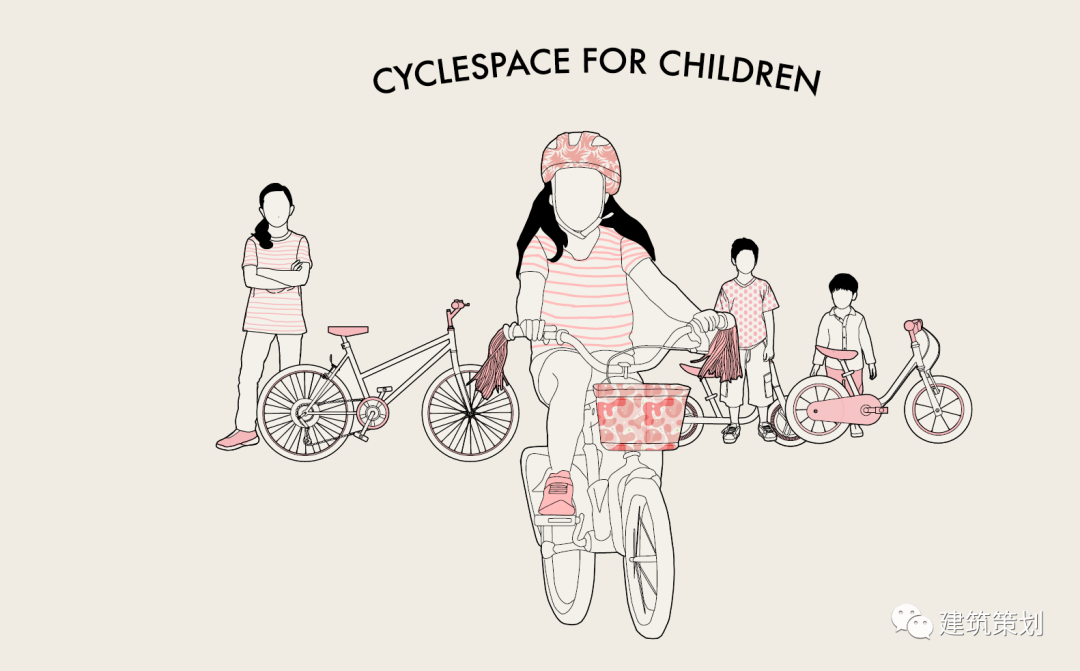
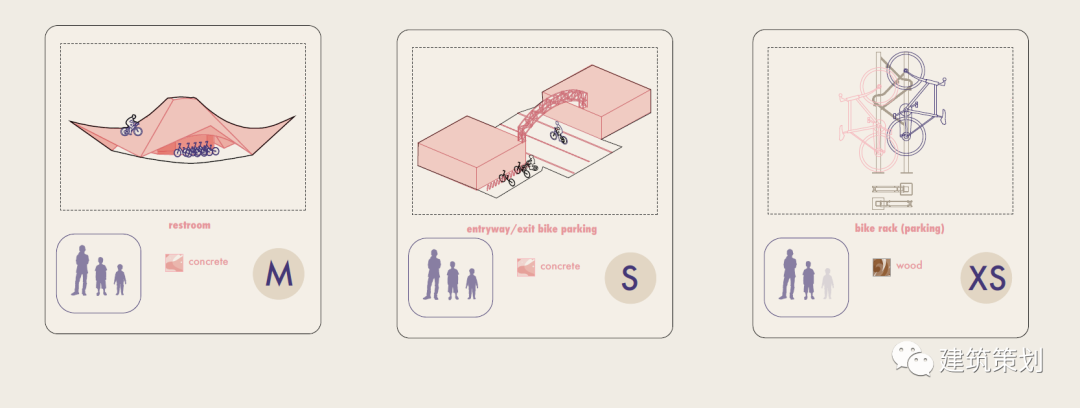

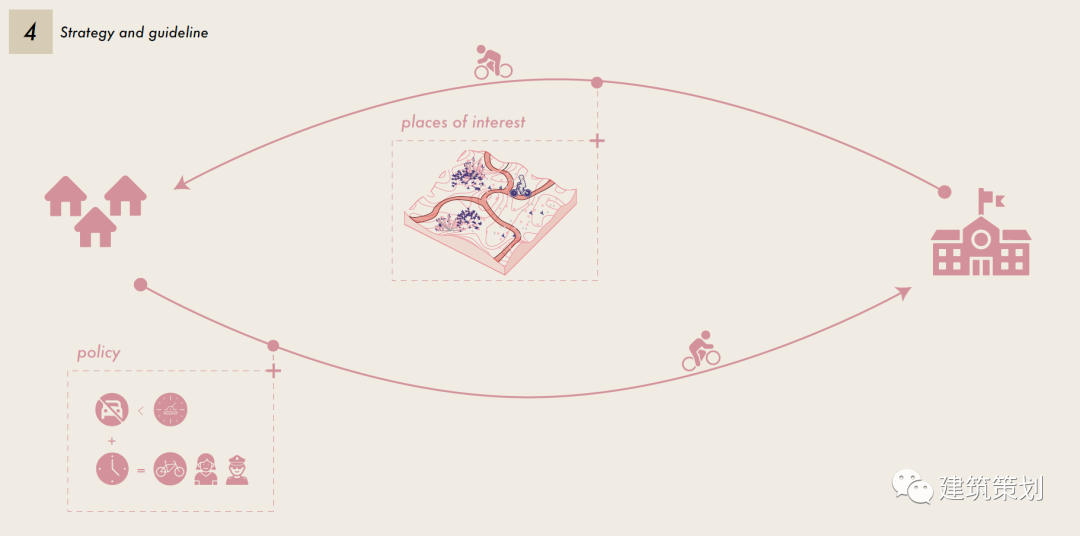
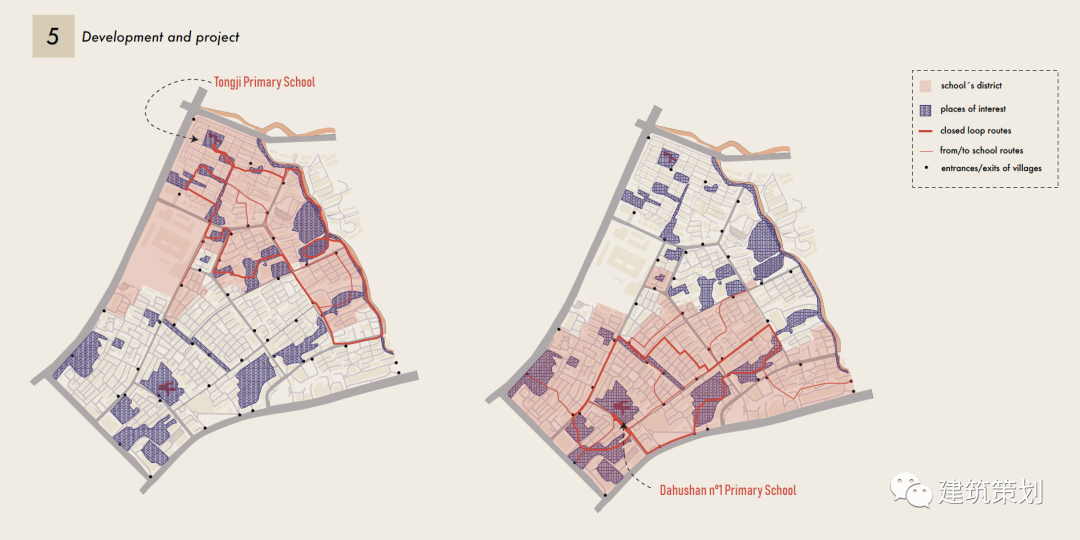
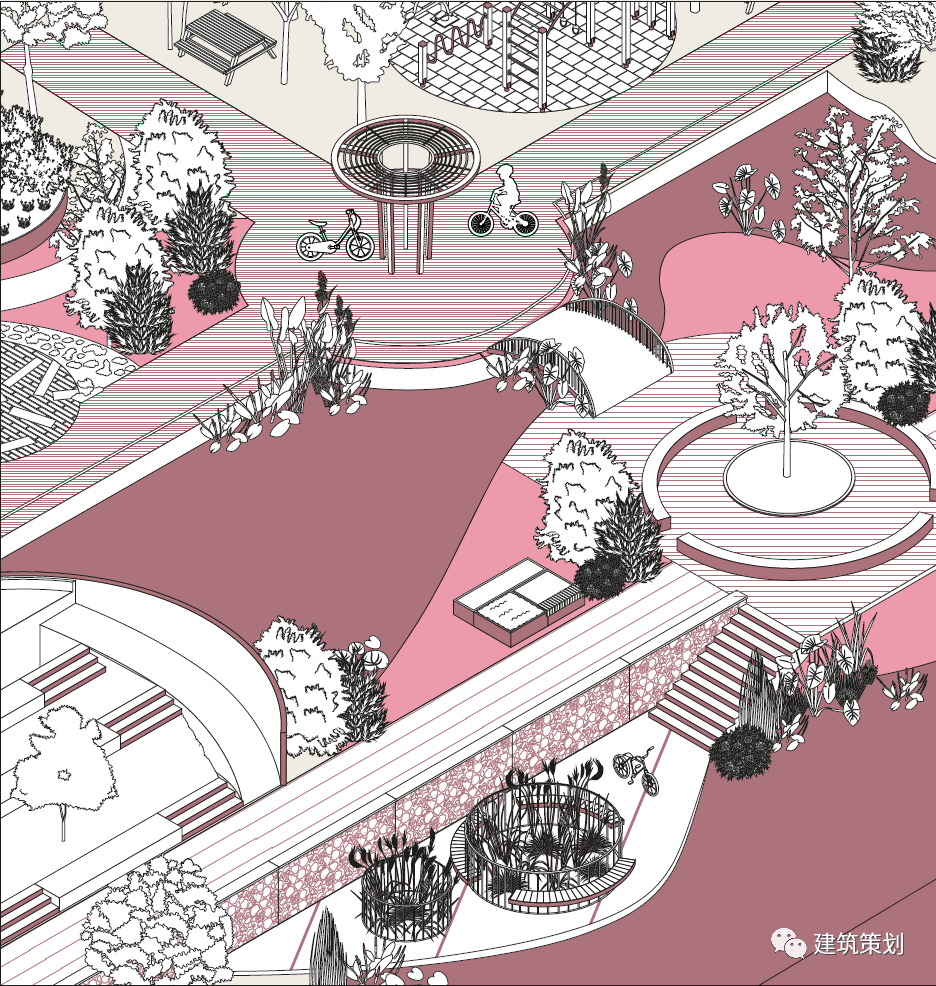
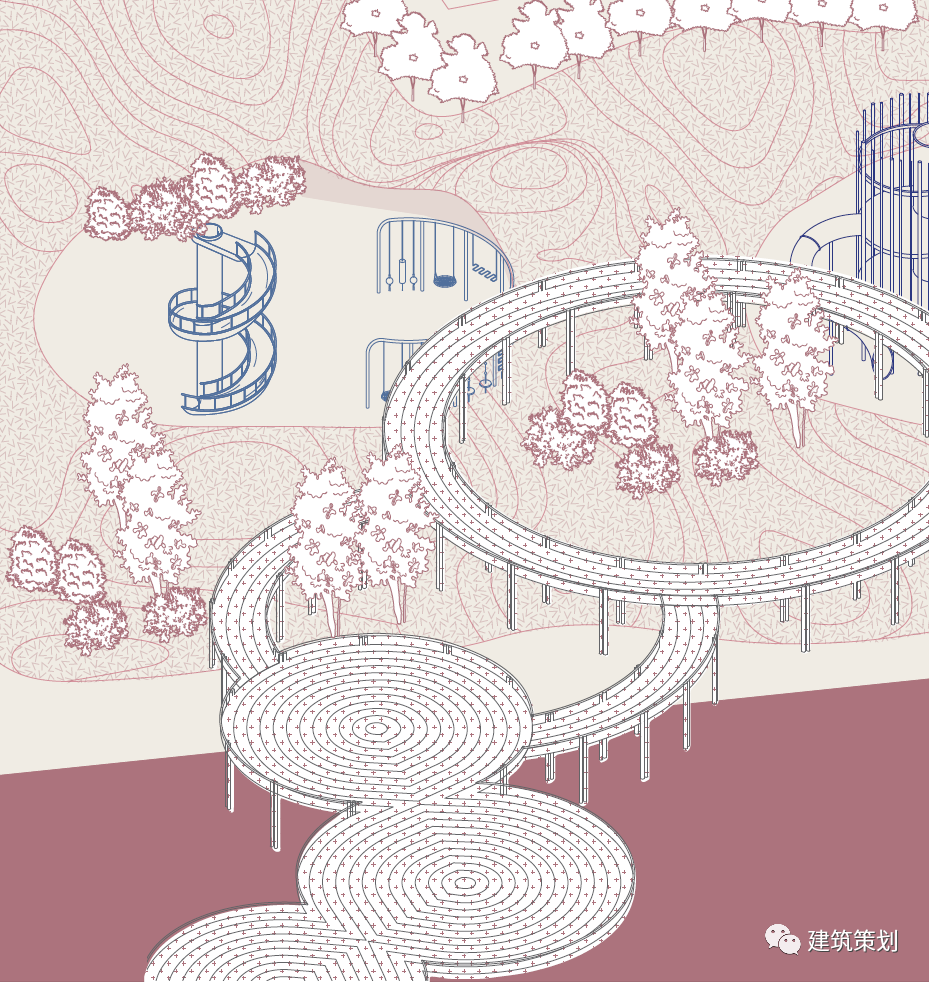
Outdoor activities are vital to children's development, and bicycles are a good way that can effectively enhance children's outdoor activities. Your design mentions the conflict that exists between different mobility of transportation, and by creating a bike path, not only will it improve traffic safety, but it will also work for the healthy development of the children themselves. Dahushan Road is a typical neighborhood, I think you can consider a 1 or 2 hour traffic control on non-arterial roads during weekends or low traffic periods to prohibit motor vehicles and give priority to children to provide a safe riding environment for them.
Presentation
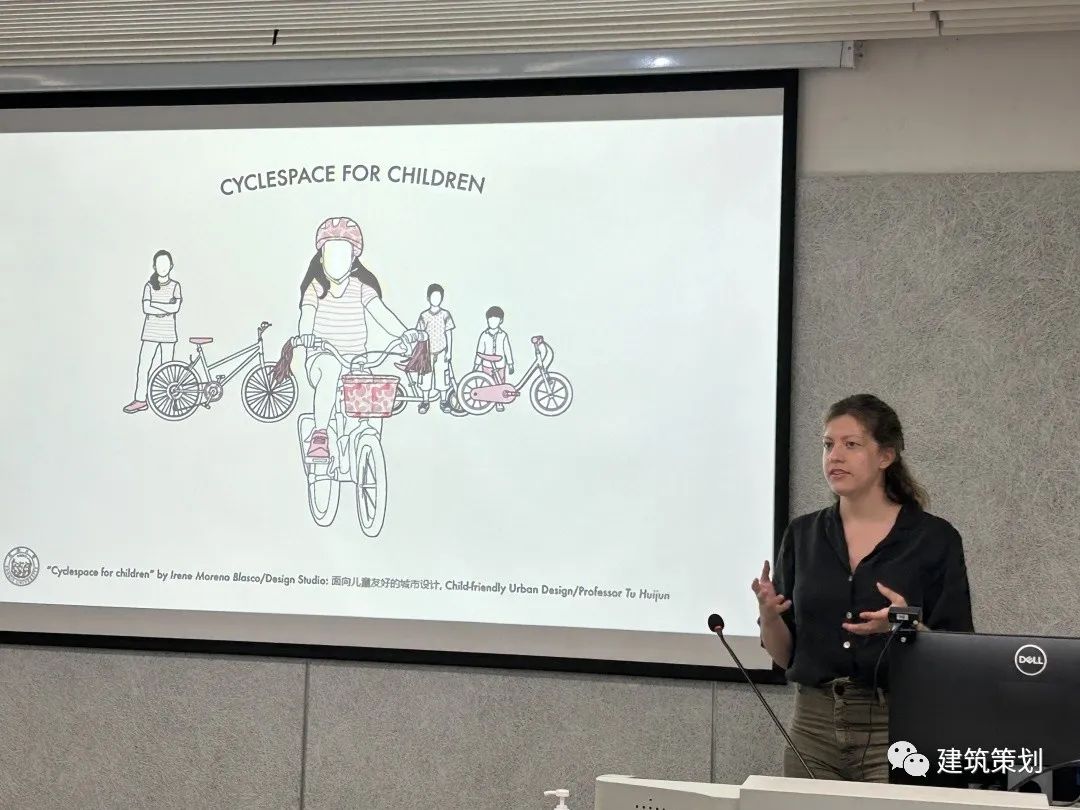
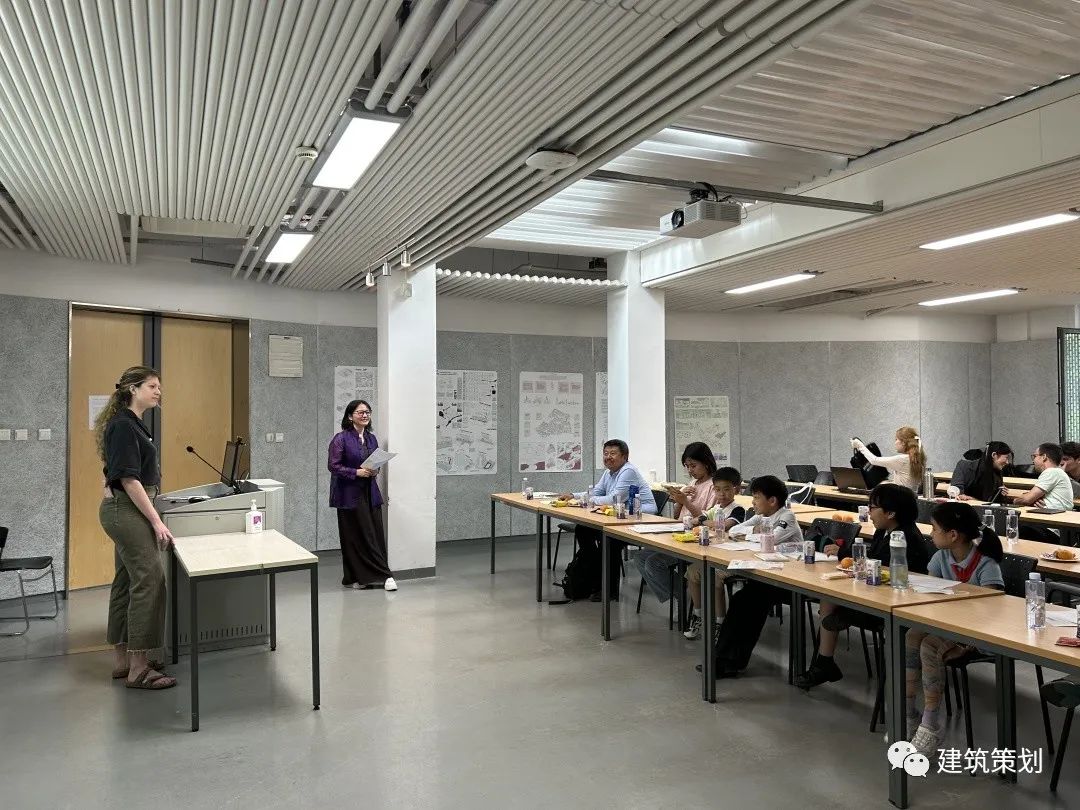
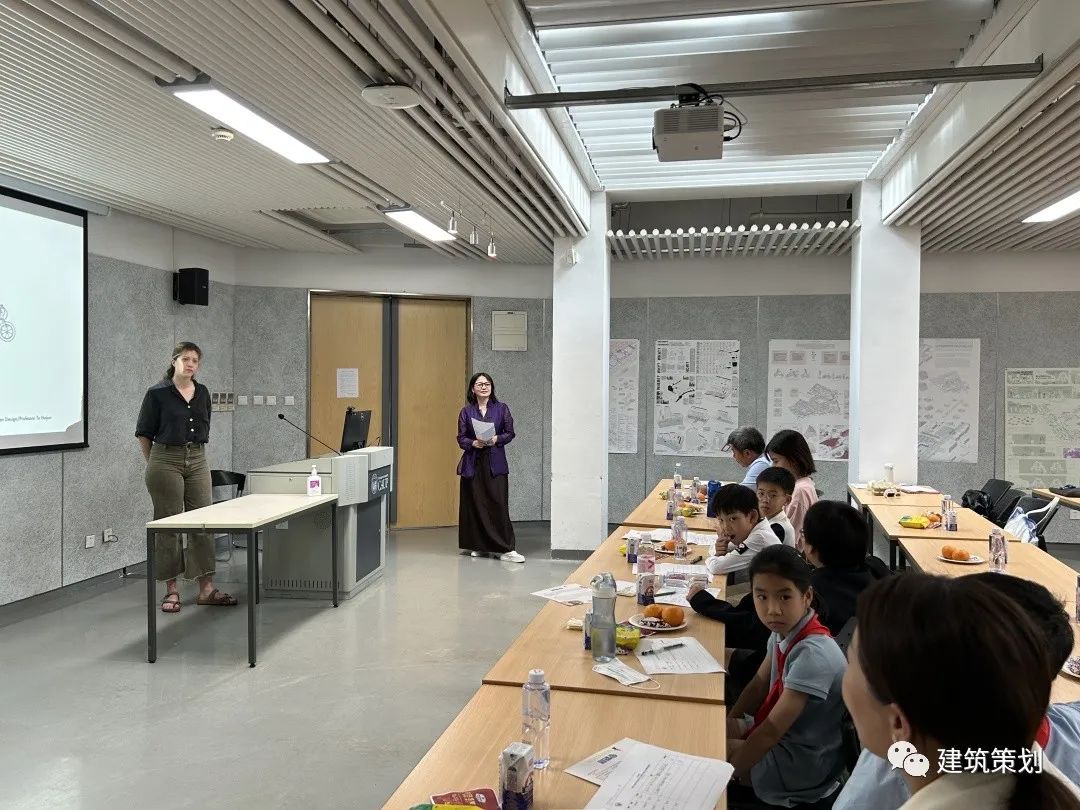

LU Yuetong
Technical University of Munich
Design Brief
THE WALKABLE CITY
Children’s Walkability
The 20th century was without a doubt the century of the automobile. The pursuit of speedand individual freedom has led to a spatial lavout which follows the logic of the car. Thisegacy is still visible in our urban environment today. However, the walking experience isincreasingly neglected.
This proiect aims to explore how to mould a child-friendly walkable city. The transformationwould be implemented over three phases: primary streets, secondary streets. and tertiarystreets. ln these street redesign projects, design strategies are applied to existing streets tochange how they work-not just how they look. lt covers different types of streets used bychildren and caregivers, including streets near schools and other facilities for children, andshows several ways in which these streets can be redesigned. The transformations discussedhere show different ways to make streets safer, more comfortable, and more joyful forchildren, caregivers, and others.
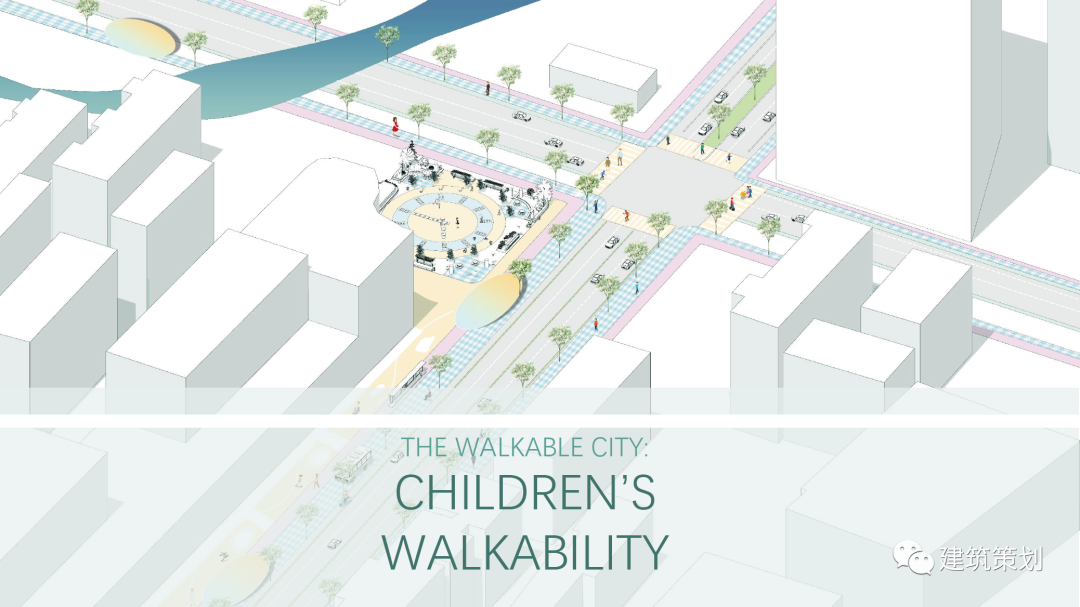
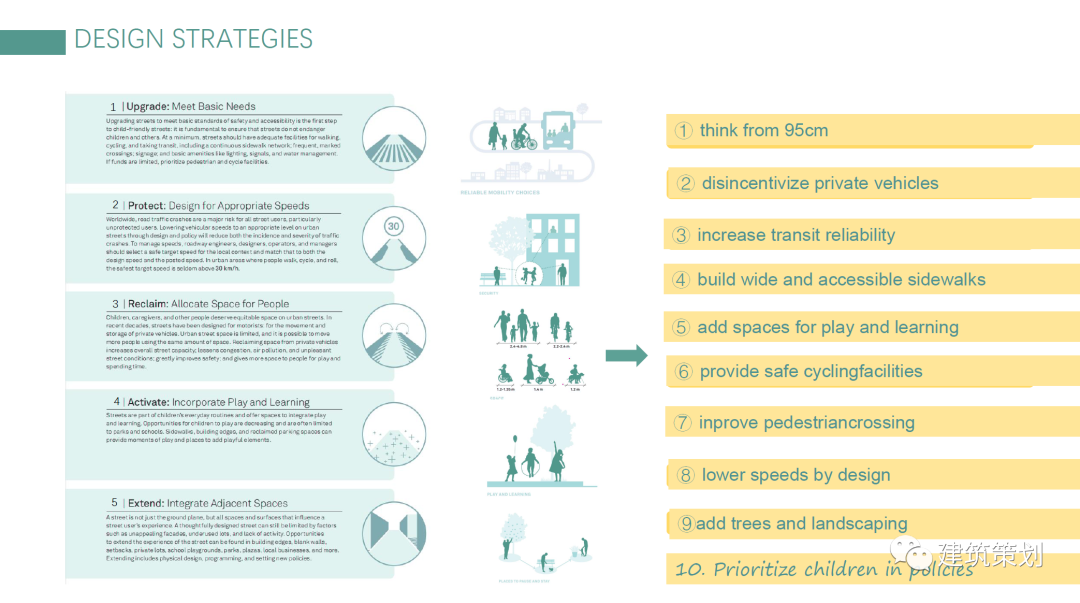
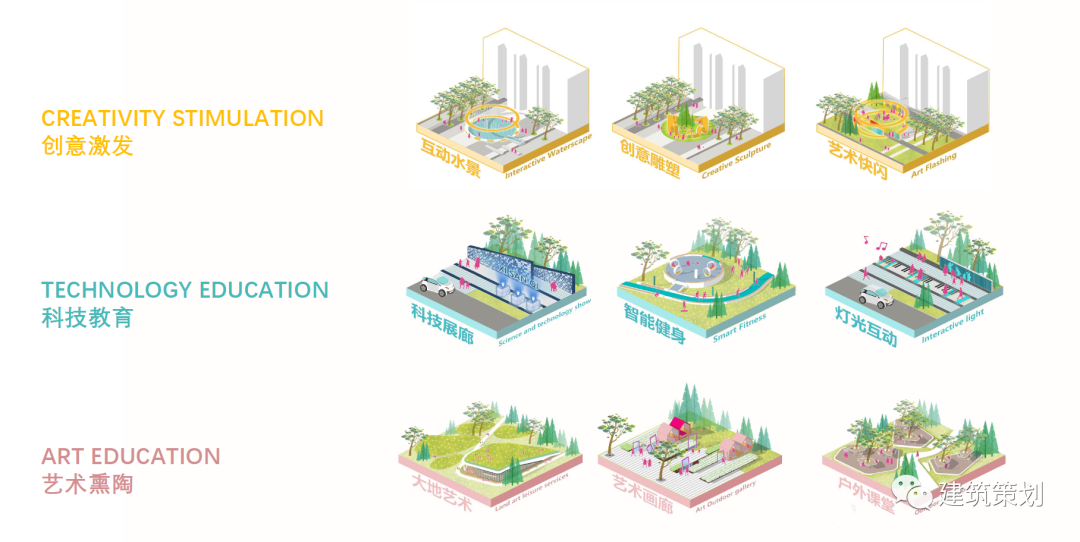
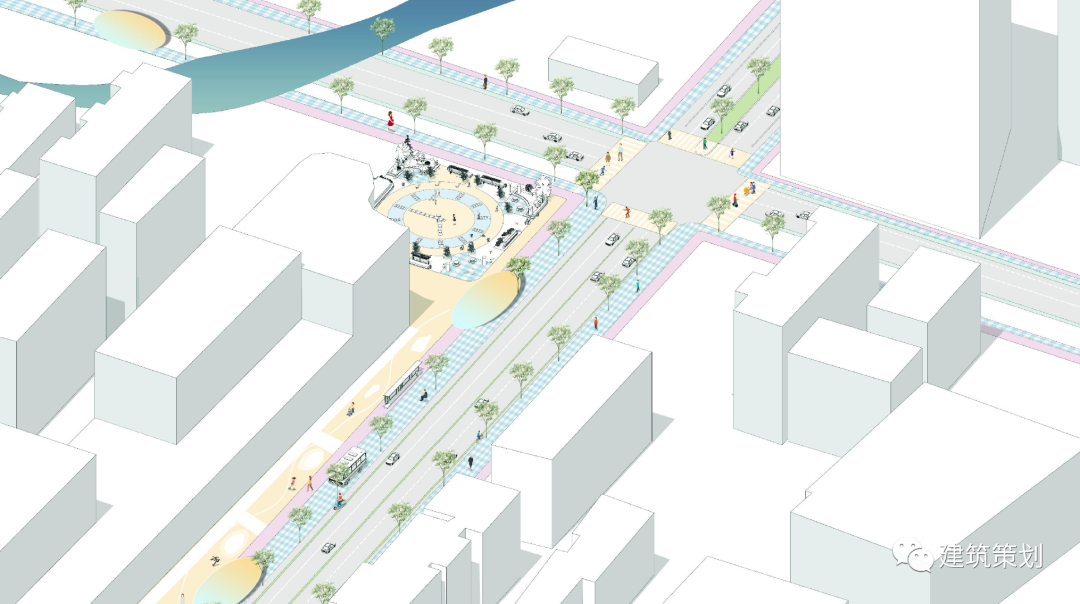
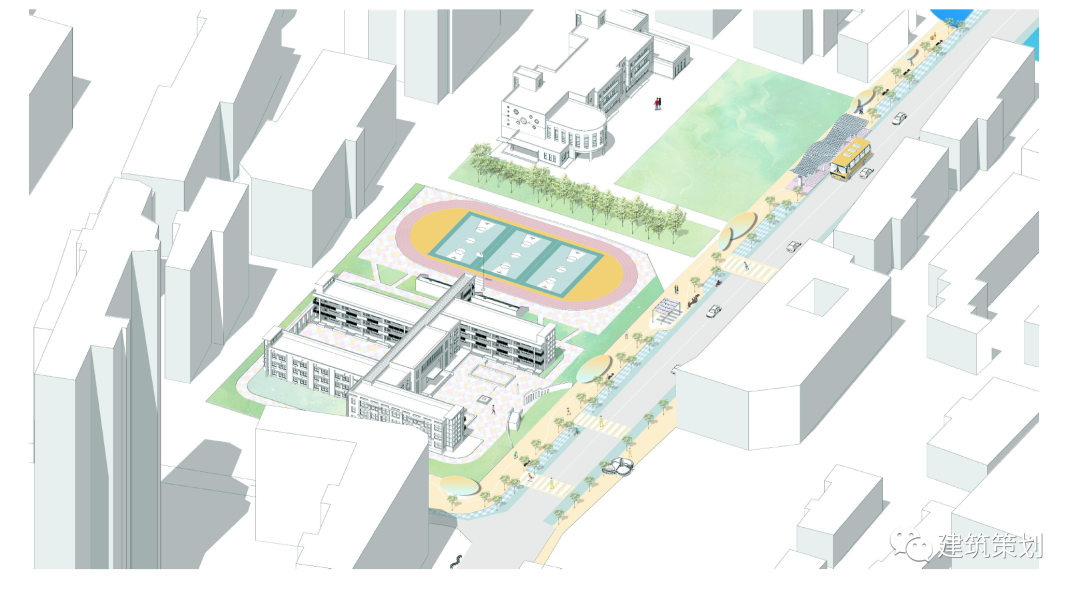
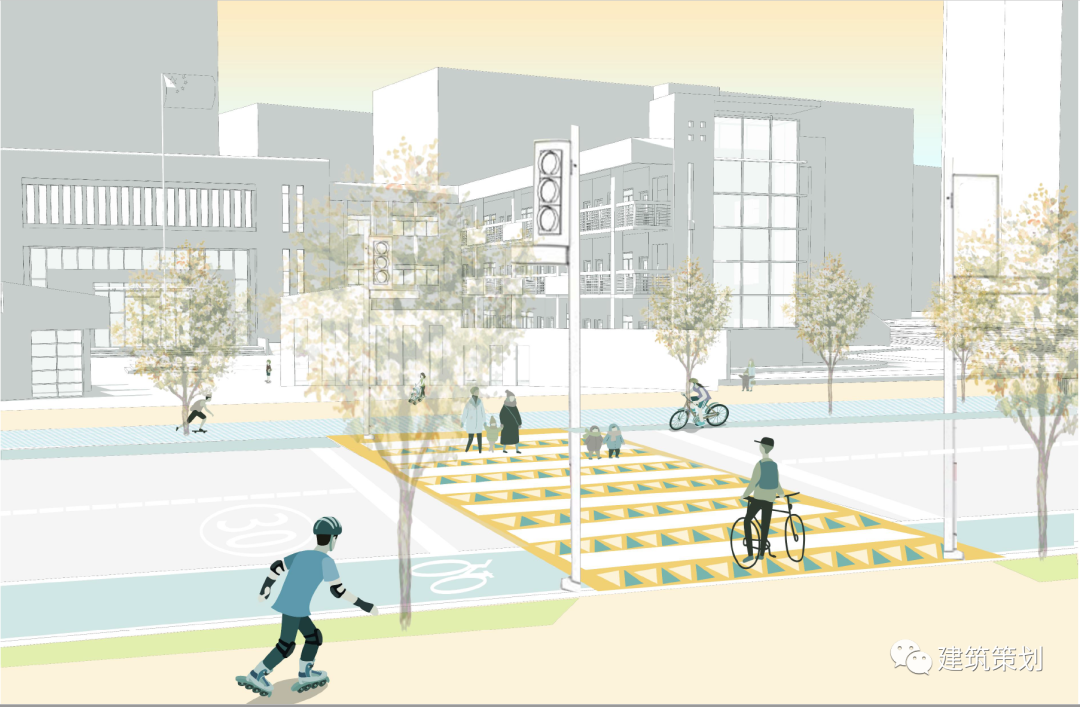
Walking mobility is not only relevant to children, but also a big topic of communities. Children's height scale is different from adults, their visual center is closer to the ground, and their view on the street is very different from adults, so the street is more risky for them, and special attention needs to be paid to the design from the children's perspective. Your design pays attention to this difference, and the placement of traffic signs at ground level can attract children's attention and somewhat reduce the risk of streets to children.
Presentation
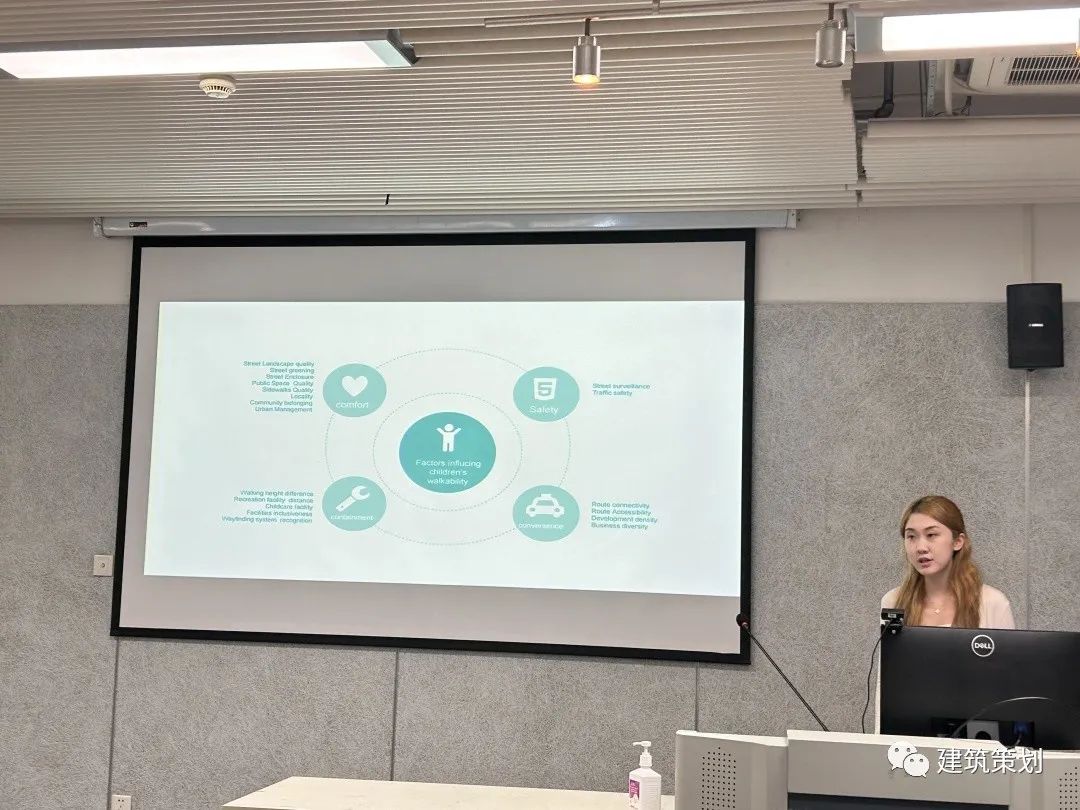
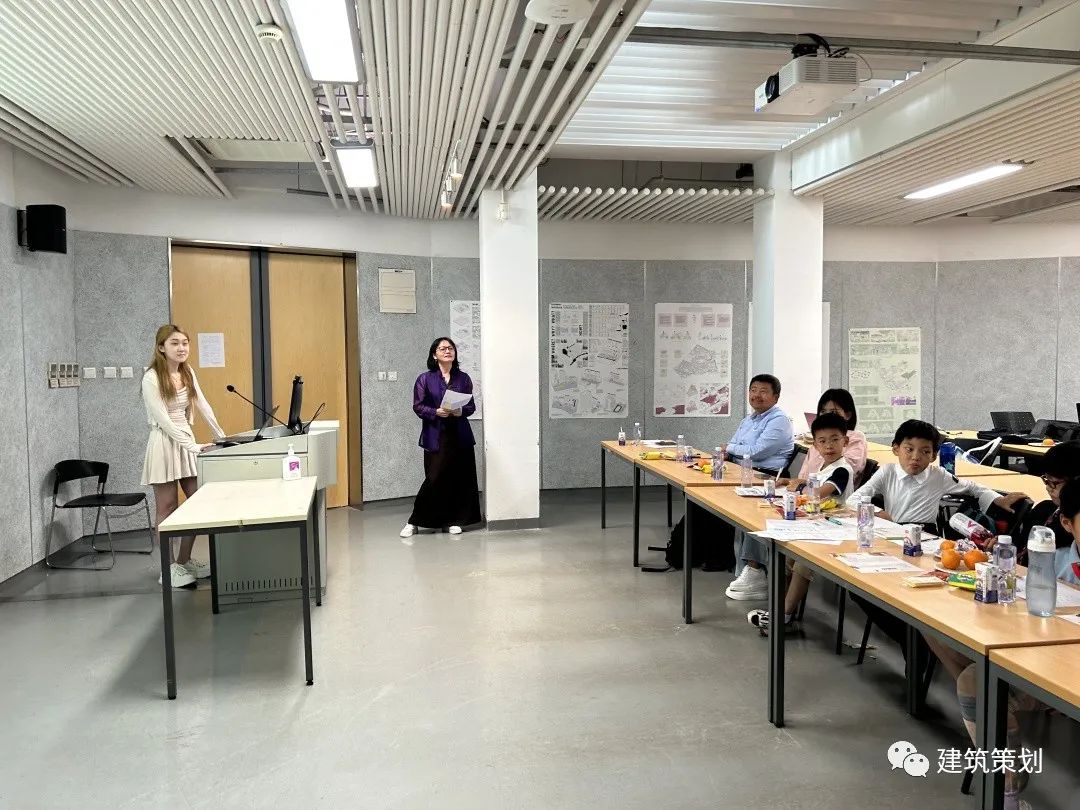
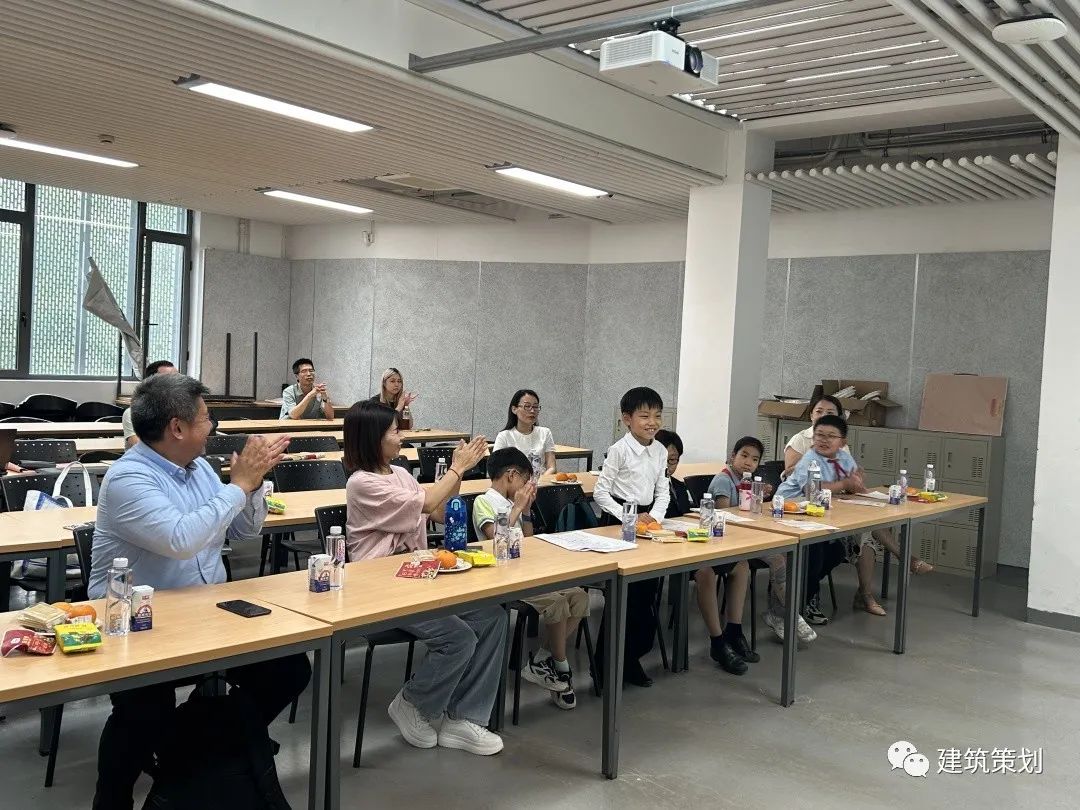

WILHELMI VERA JUAN DE DIOS
Universidad Politecnica de Madrid
Design Brief
MEMORIES OF MY WAY TO SCHOOL
Network Street Gardening
During the research, I visited various places in Shanghai and found the same issue: Most of the urban fabric is composed of spaces adapted or safe for children, such as residential communities, parks, gardens, schools, etc.
However, all these spaces are isolated because the streets, for the most part, are dangerous for pedestrians and have narrow spaces for them. I explored the Xinhua district, knowing it was home to numerous schools, kindergartens, and other educational institutions.
Additionally, I discovered that SUSAS had previously initiatives in the area.
There, I once again discovered that most of the urban space was prioritized for vehicle traffic, and children had to walk through inadequately qualified streets, putting them at risk of proximity to vehicles.
Additionally, it promotes expansions of pedestrian space, the use of shared platforms for pedestrians and vehicles to reduce traffic speed, and urban space in a fair manner for pedestrians. Expansions of pedestrian space are implemented through covered walkways using some buildings first floor, community gardens that make their neighbours proud of the place they live in, or reductions in traffic space where feasible.
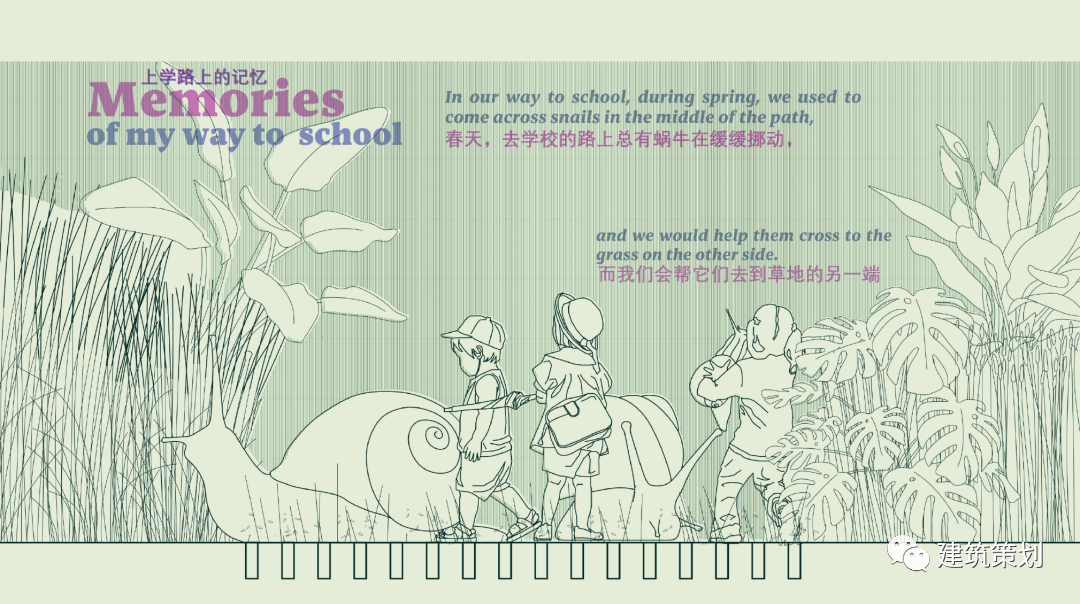
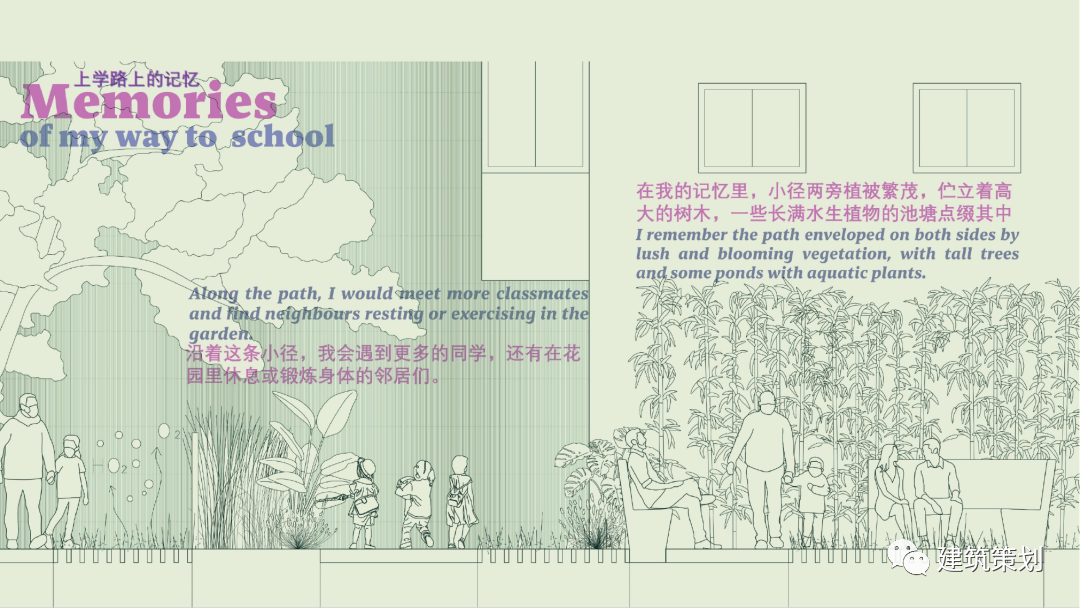
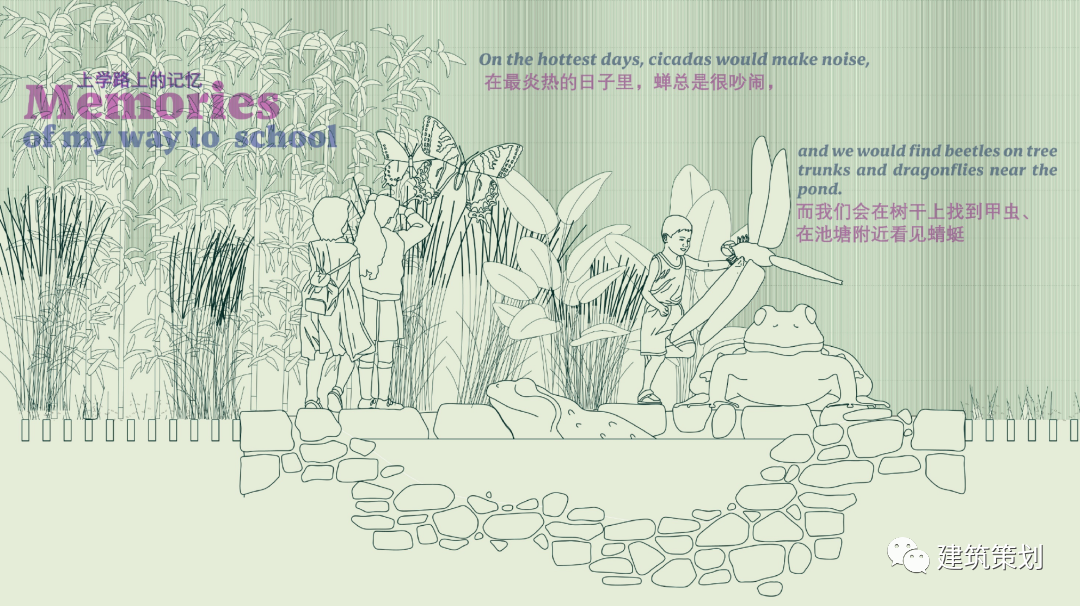
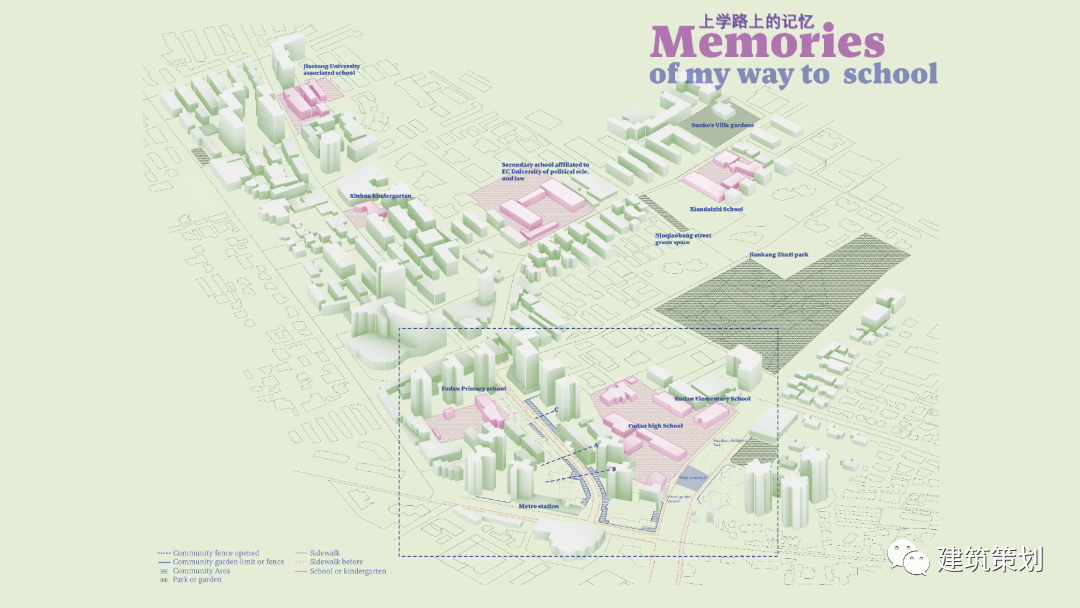
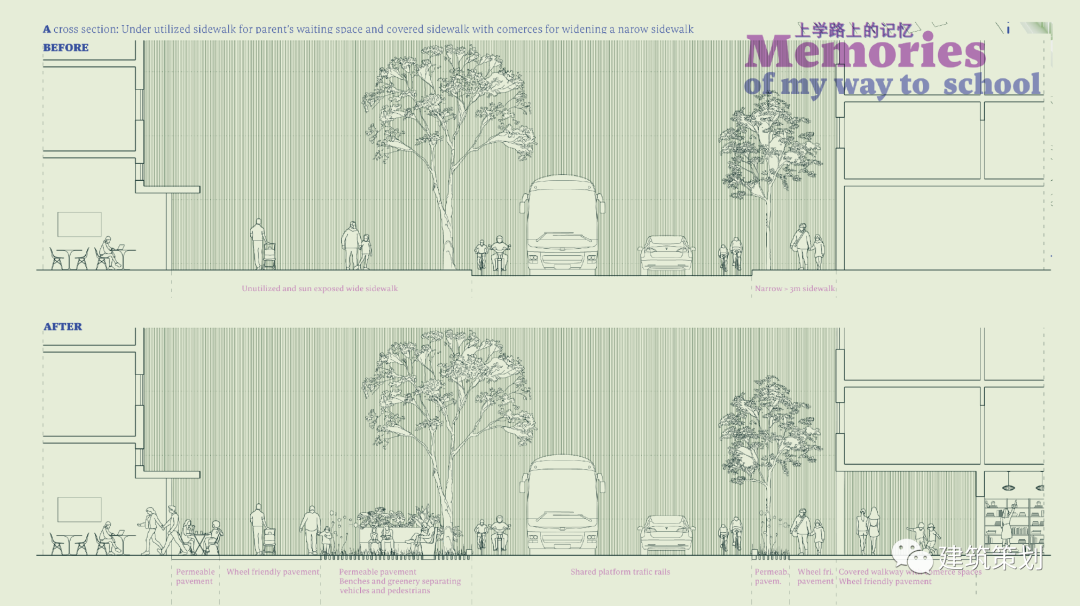
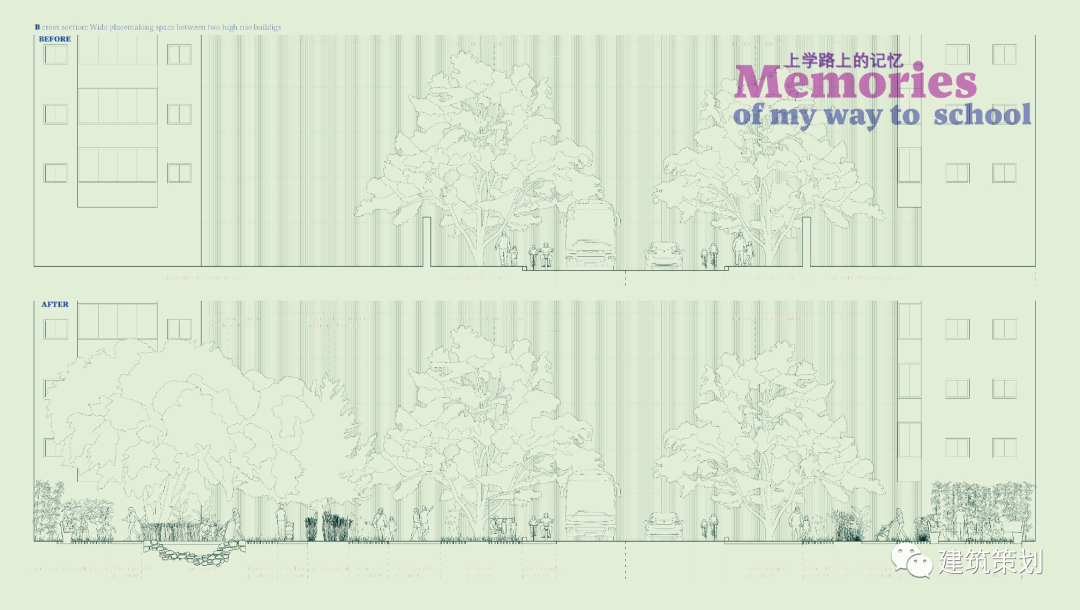
In your proposal you have noticed the importance of natural elements such as small animals for children, and I appreciate this idea of putting natural elements to the city. There are a lot of practices in our country now about community gardens, and we not only want children to have a great nature experience in them, but we also want children to really participate in them. I think you have designed a very good facility, not only because it gives children the opportunity to exercise and relax on a daily life, but also because it provides the opportunity for children to learn from nature, which is very meaningful for their development.
Presentation
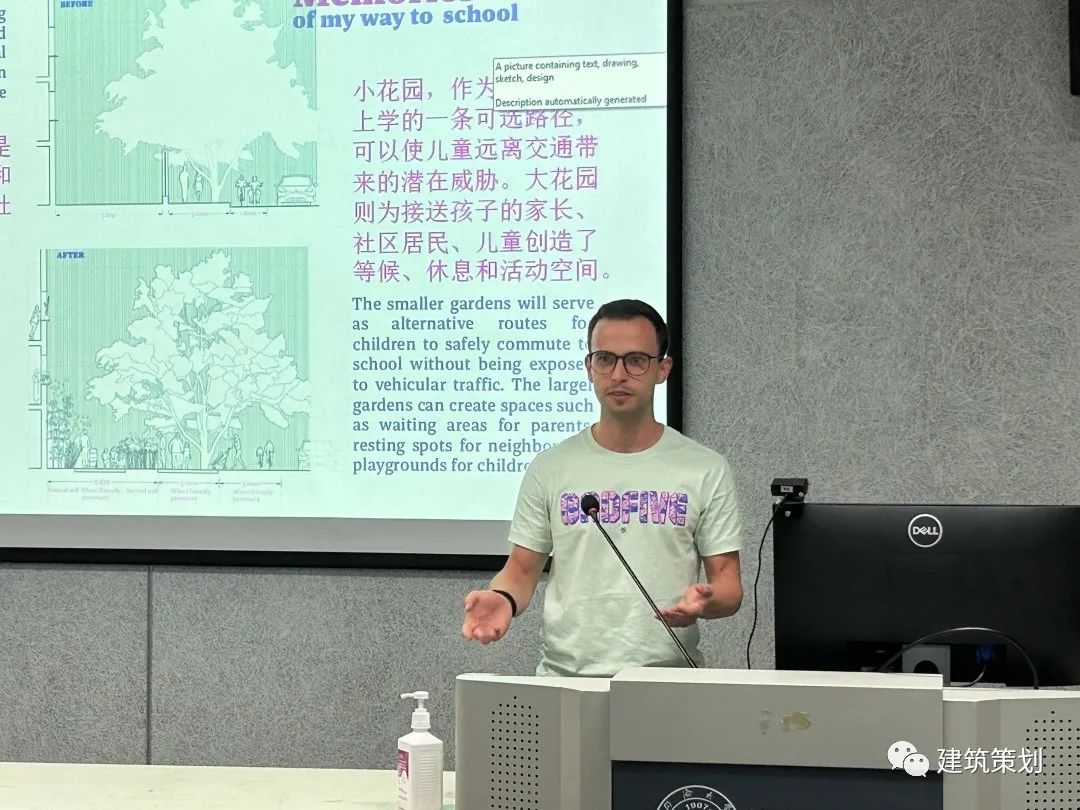
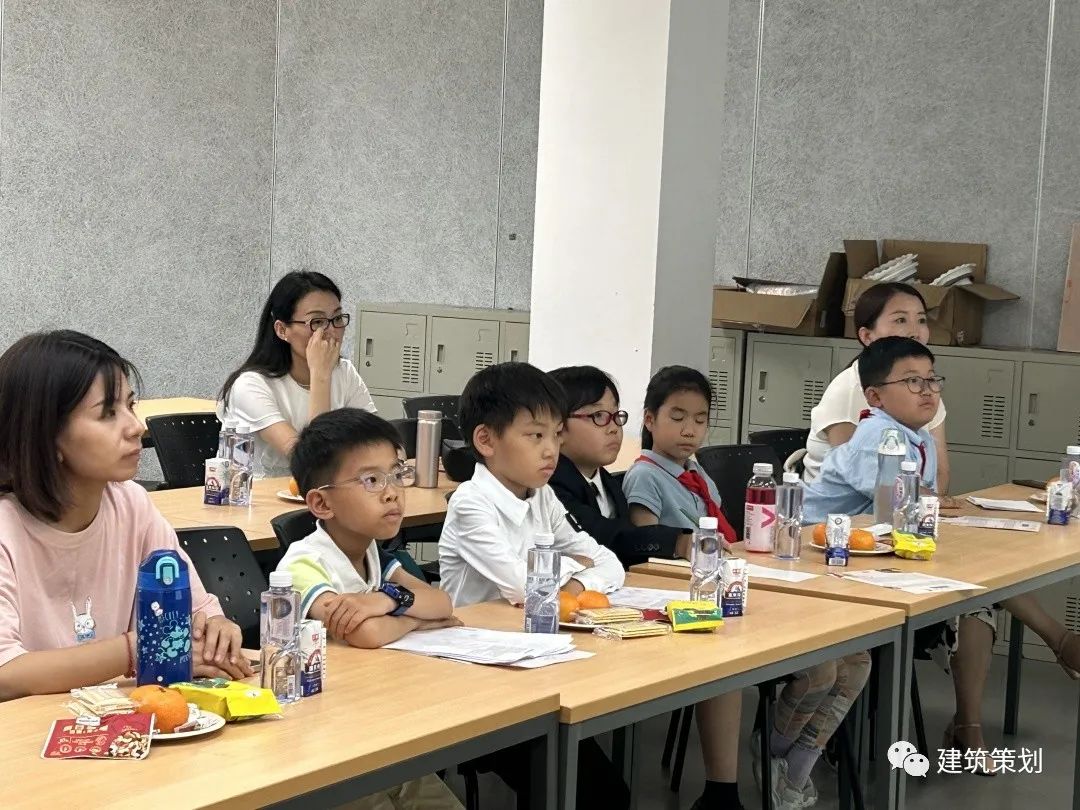
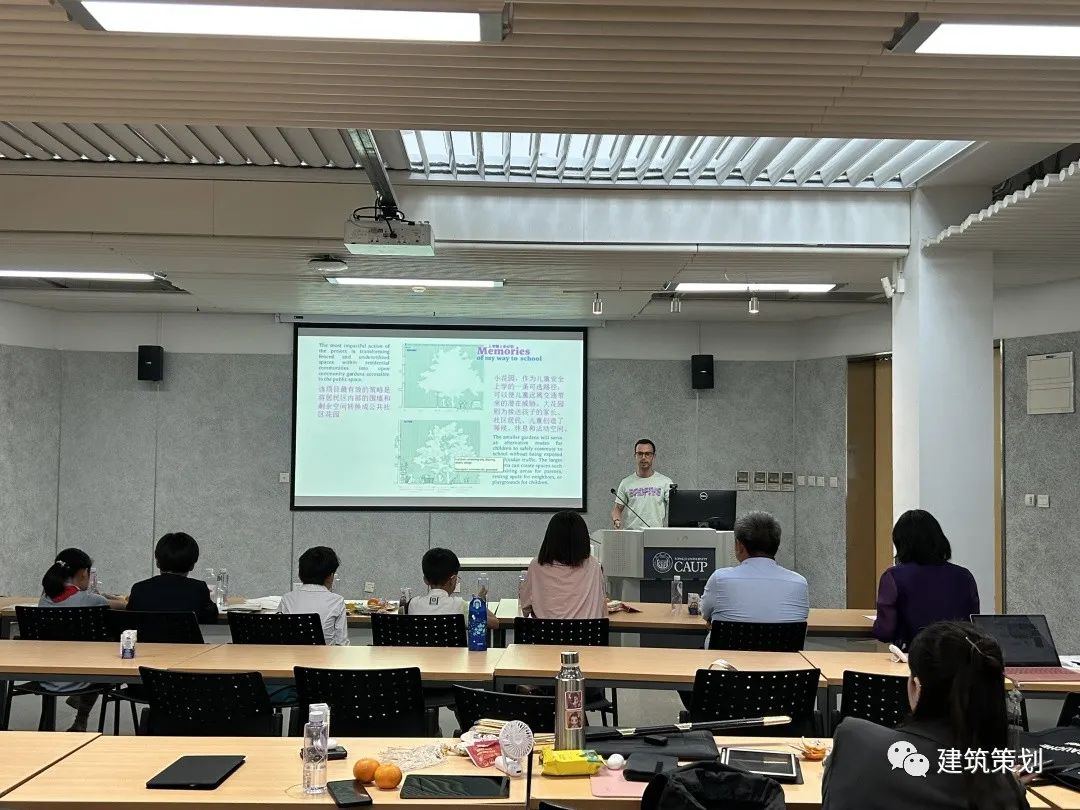
 ABOUT US
ABOUT US




